Where can I find free printable sheep coloring pages?
As doitbeforeme family, we offer all kinds of coloring pages that may appeal to your taste, from printable cute baby sheep coloring pages to realistic looking adult sheep grazing in the pastures, free of charge to our valued visitors.
Can I find sheep coloring pages suitable for young children?
Definitely! Our printable gallery that we present under this post is specially designed for our children, with designs that can be colored as easily as possible to appeal to their coloring abilities. Of course, this does not mean that the cuteness of the lambs and sheep will hide them from the enjoyable coloring of adults. In addition to convenience, another priority of ours is to design our coloring page designs in a cute way that will appeal to people of all ages!
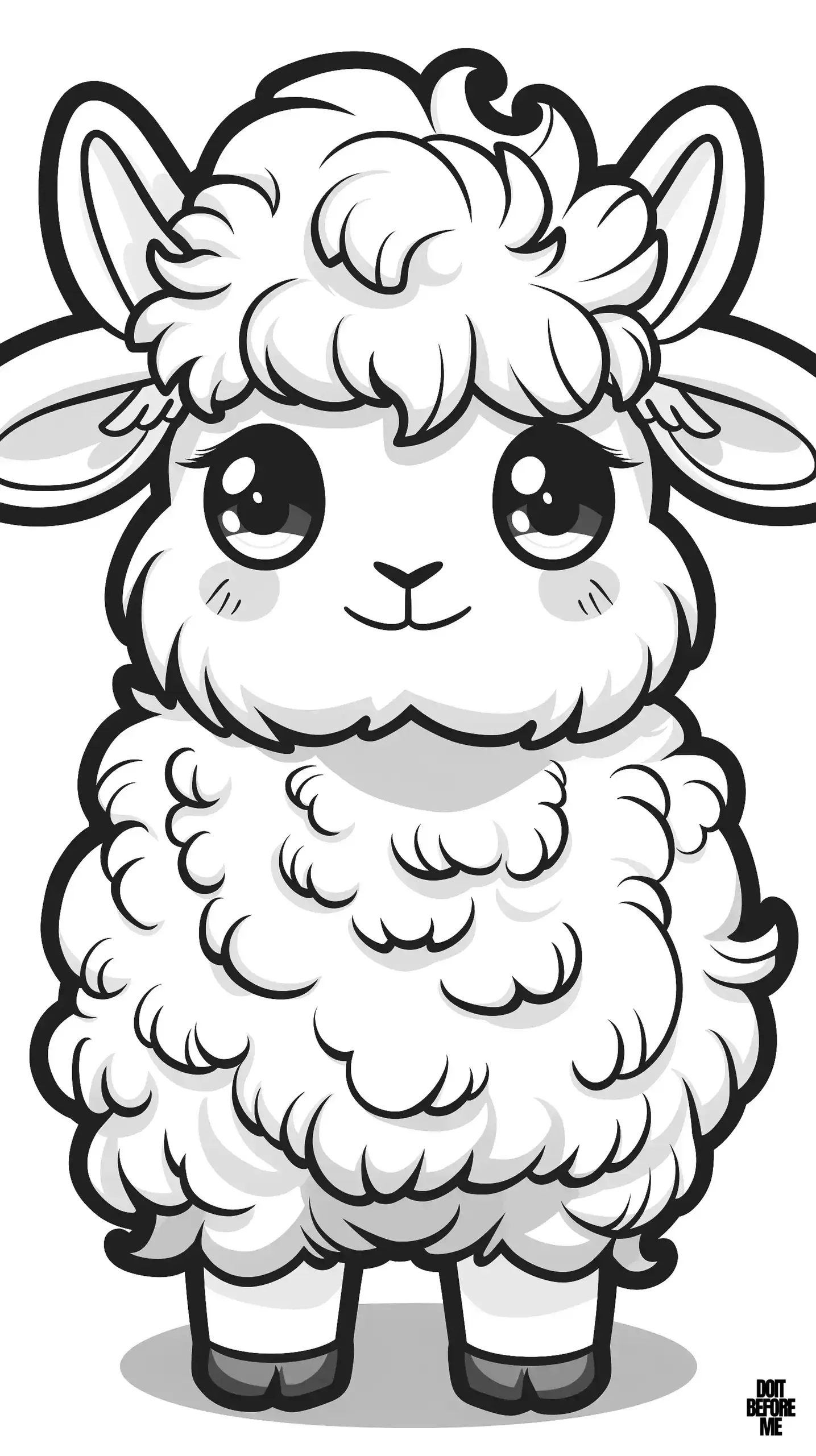
How to color sheep coloring pages? Does having a realistic or cartoon image change the coloring to be done?
Although our general approach to art, including coloring, is to leave it to the artist’s own interpretation, it may be useful to point out a few points to consider when coloring any sheep, as a suggestion. Sheep have a dense and generally curly wool, so they may be considered as easier to color than many other animals.
Generally, wool can be colored in a single color or in a gradual transition from one color to another. For instance, it can be colored only in pink, or it is recommended to color it in a way that gradually transitions between two colors of your choice, such as red to blue or green to yellow. Color choice is entirely up to your taste!
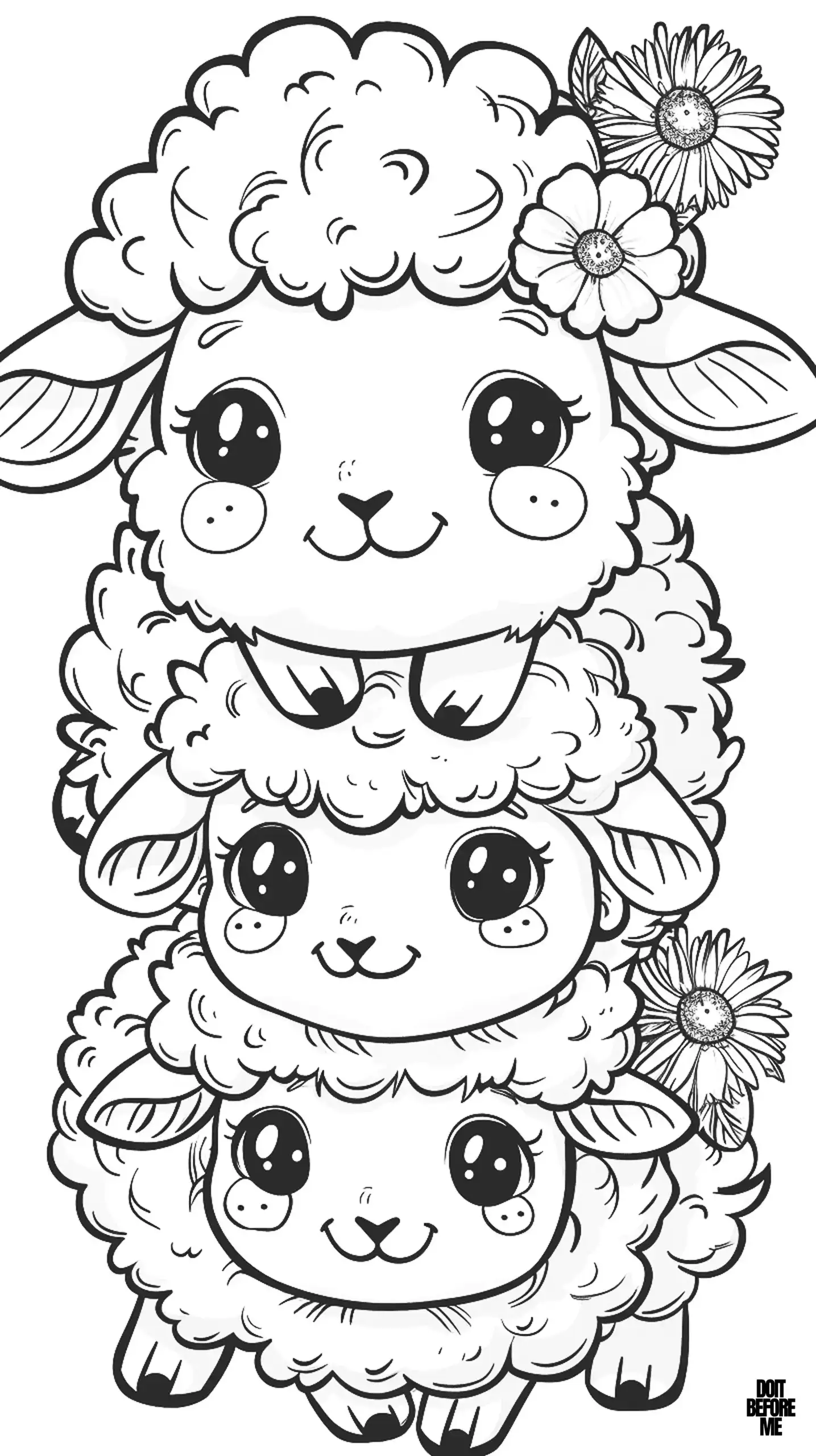
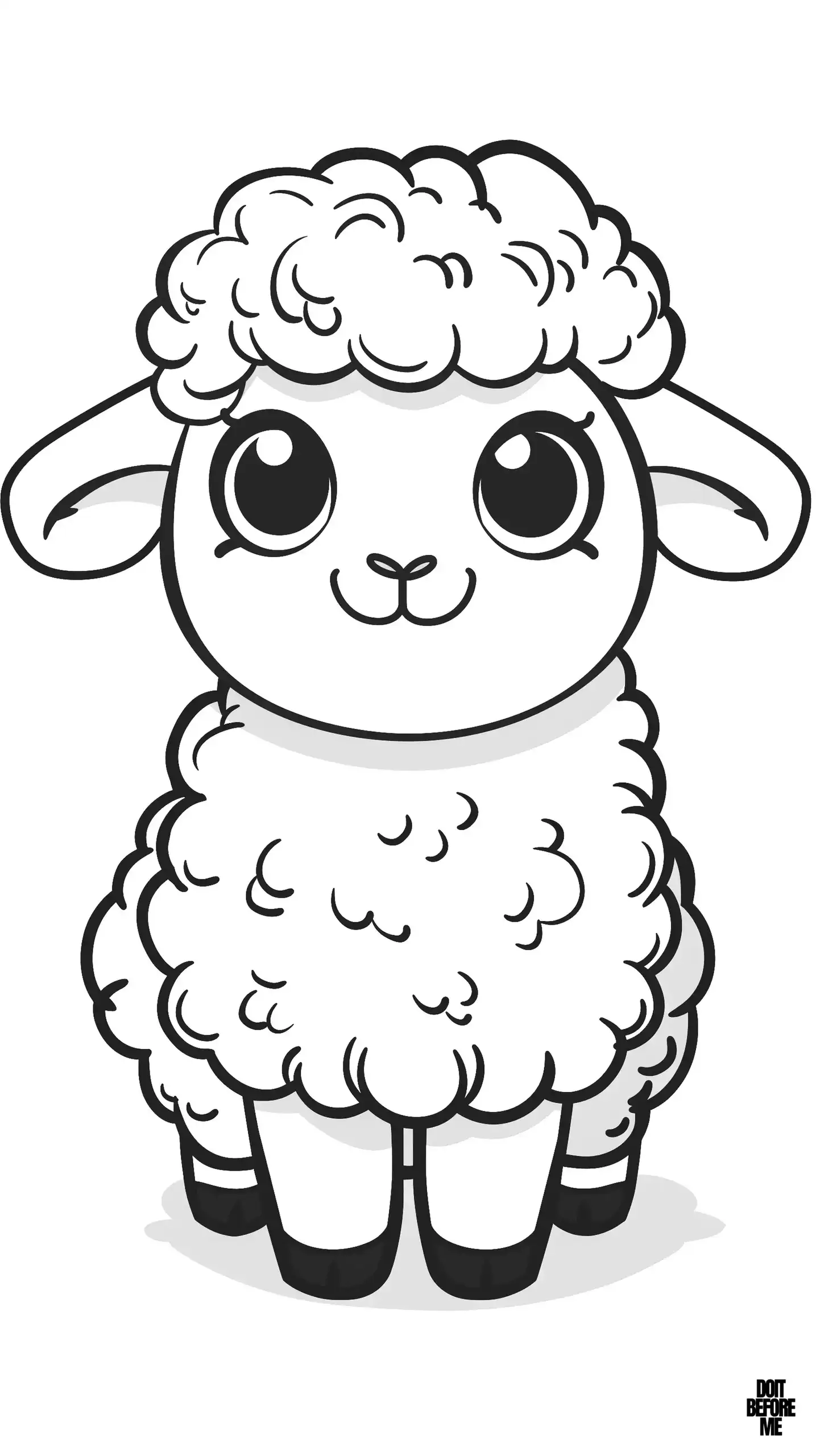
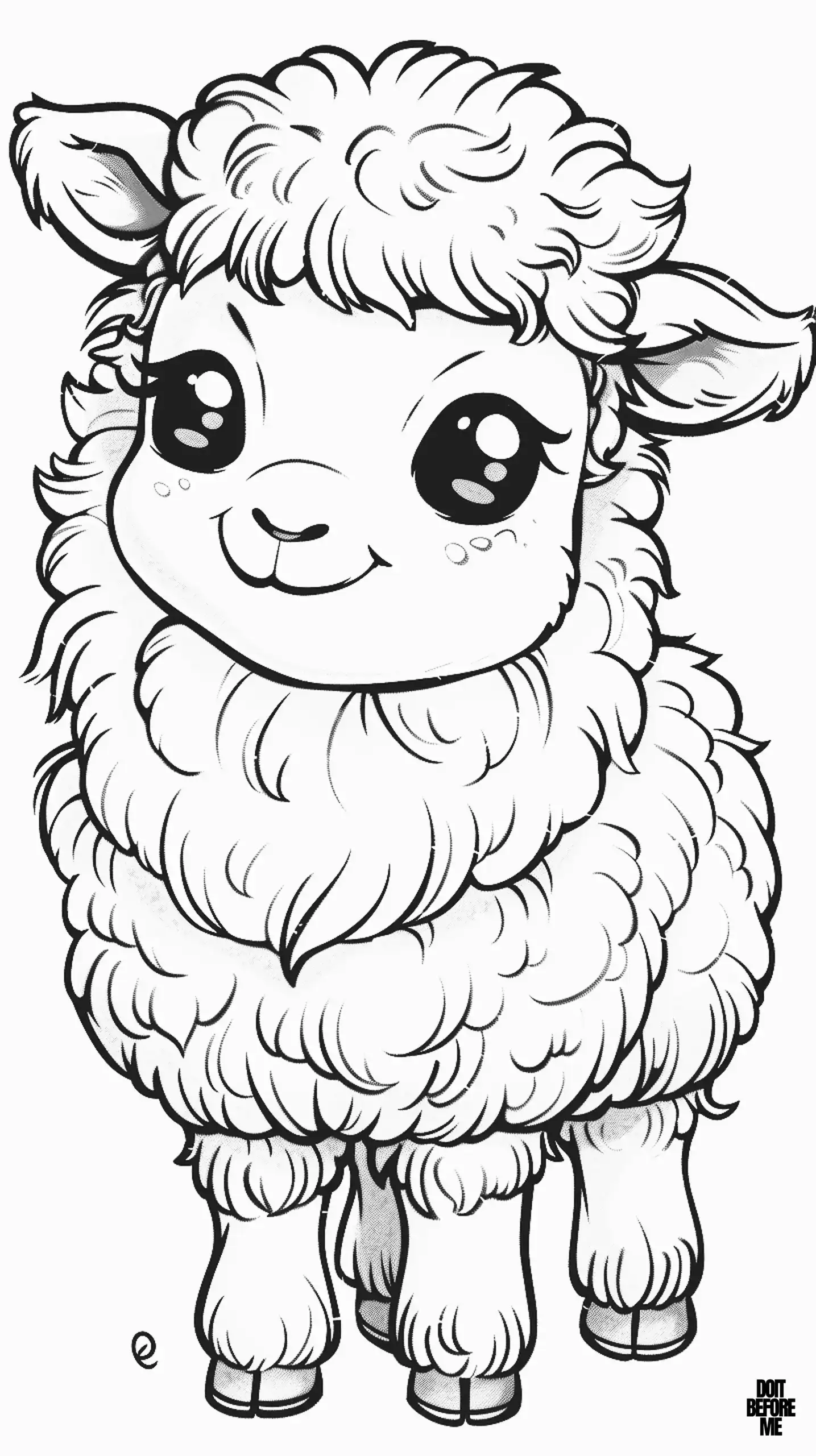
Where can I find sheep coloring pages for special occasions?
We always include designs for important days such as Easter and Christmas on our site, including this article. We firmly believe that there is no coloring lover who would not want our sheep to accompany us on these special days.
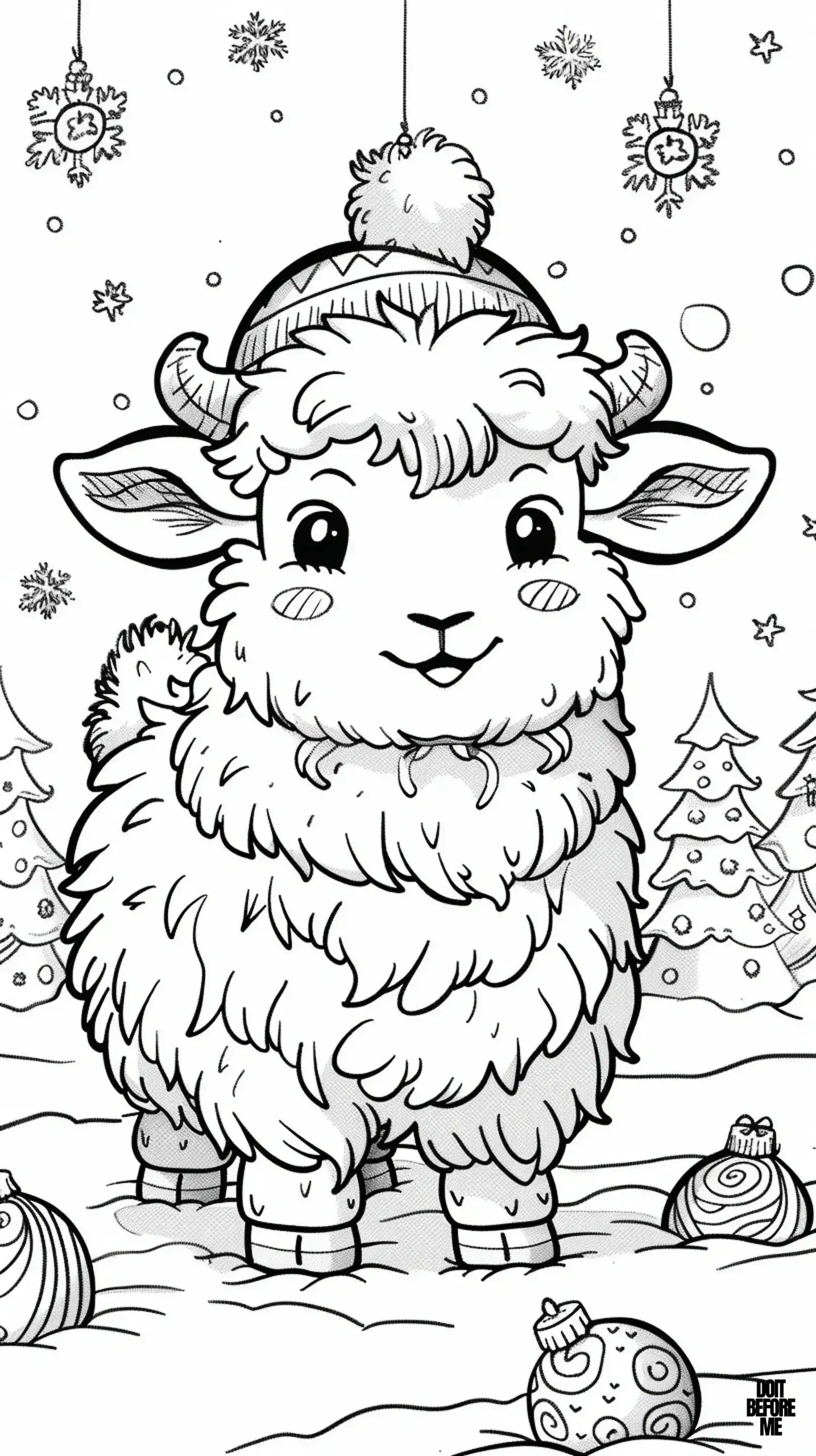
Can I find relatively harder-to-color sheep coloring pages with complex designs for adults and experienced coloring lovers?
Definitely! Hereby this post also offers complex and realistic sheep coloring page that we have carefully prepared considering our coloring lovers who enjoy detailed coloring and relatively more challenging challenges.
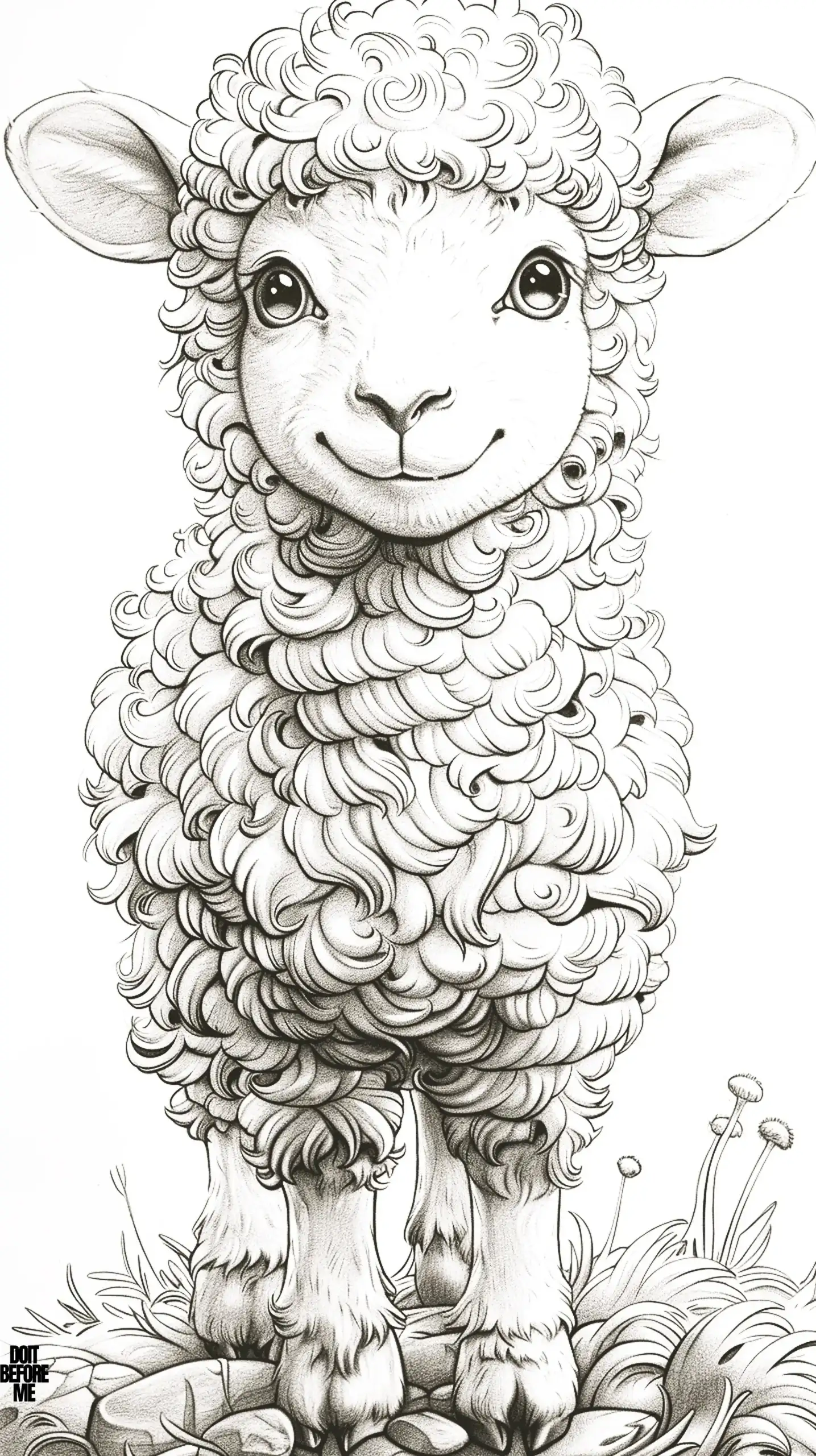
Cool Baby Lamb with Sunglasses
This little lamb, wearing sunglasses and looking around coolly as if he / she were a rockstar, is definitely a must-have in our gallery.
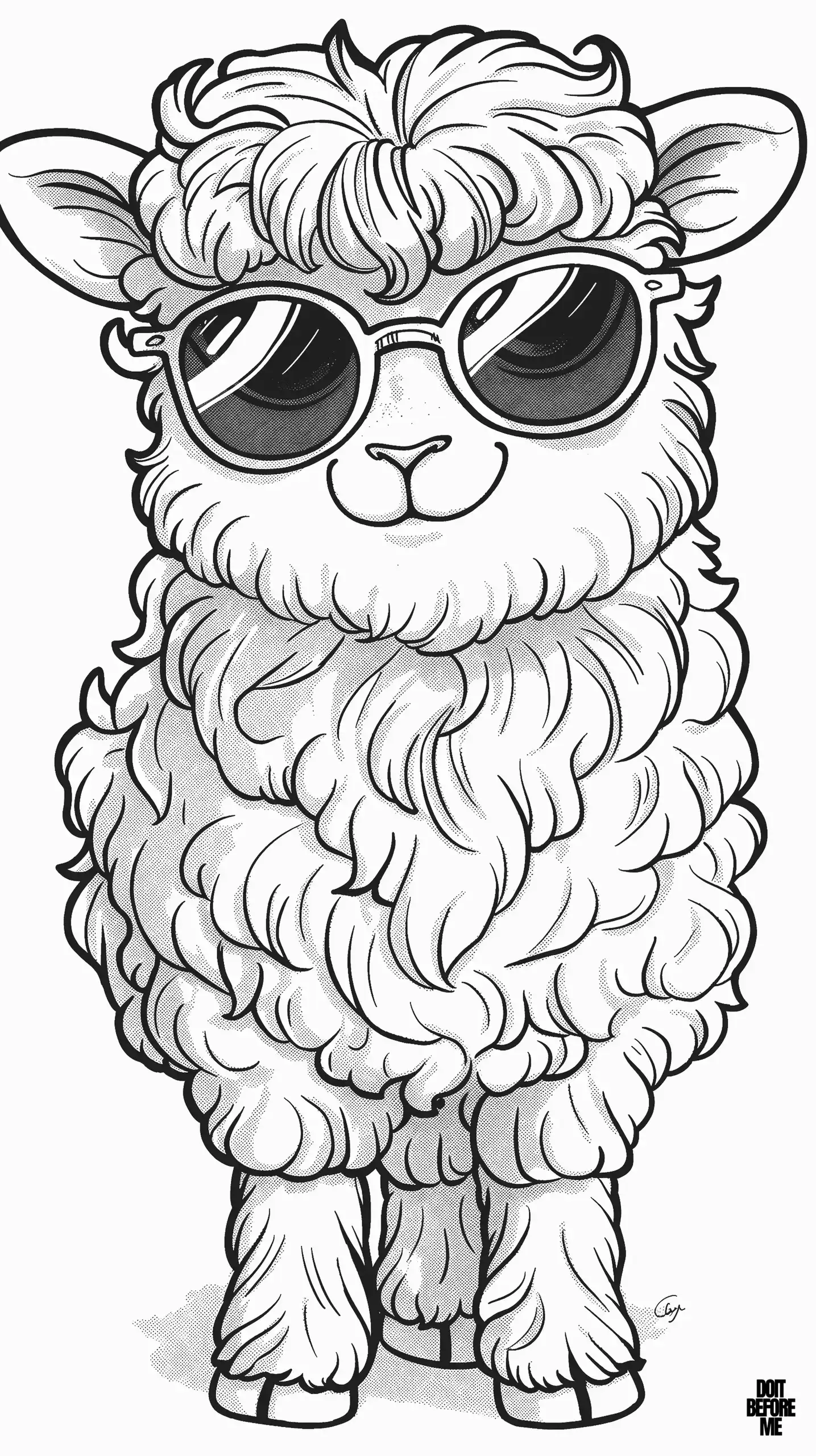
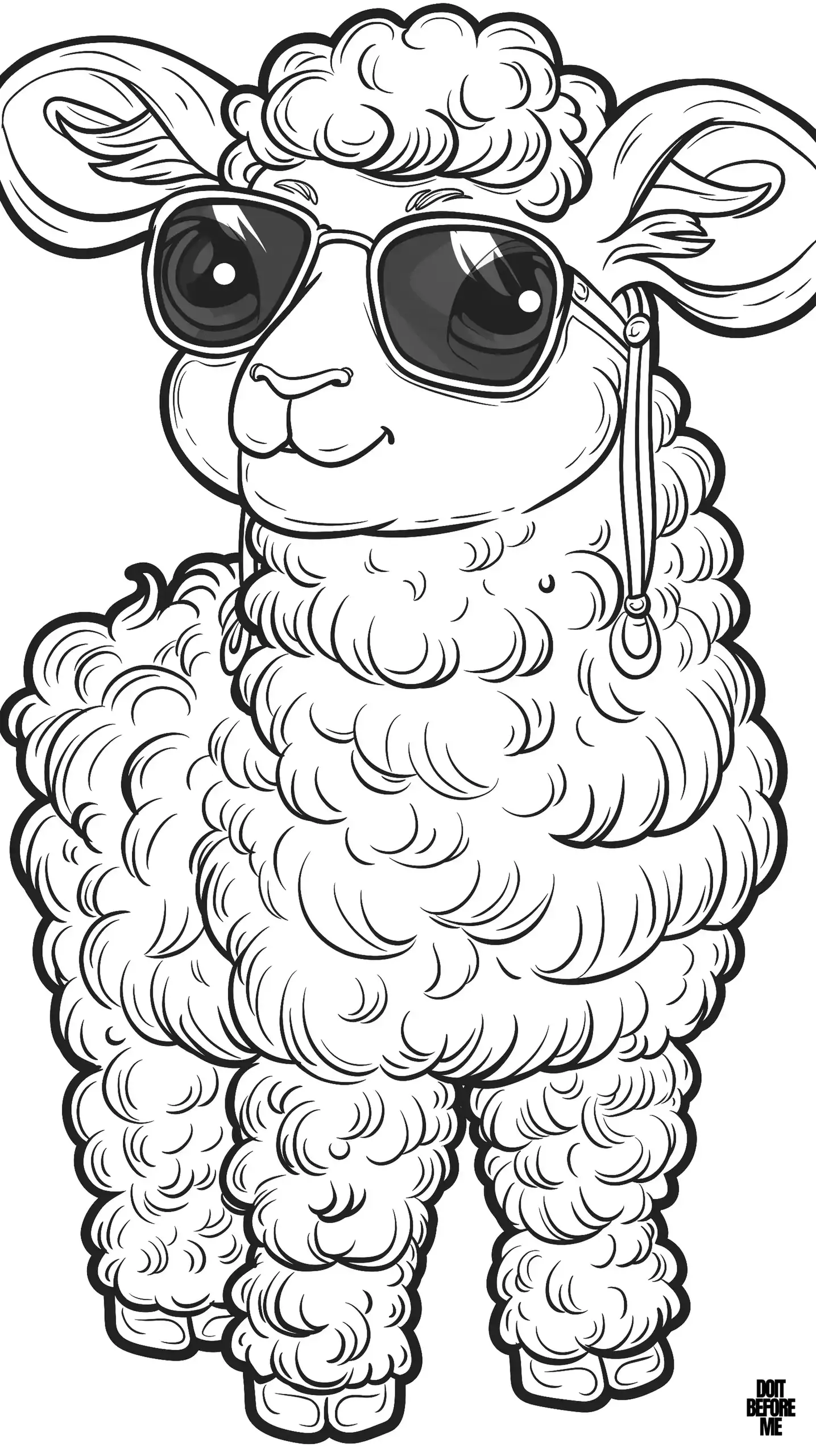
Little Baby Lambs Exploring the World Alongside Their Mother
We are sure that these little ones, who have been slowly exploring the world with the care and protection of their mothers since the moment they were born, will enjoy coloring the curious poses below.
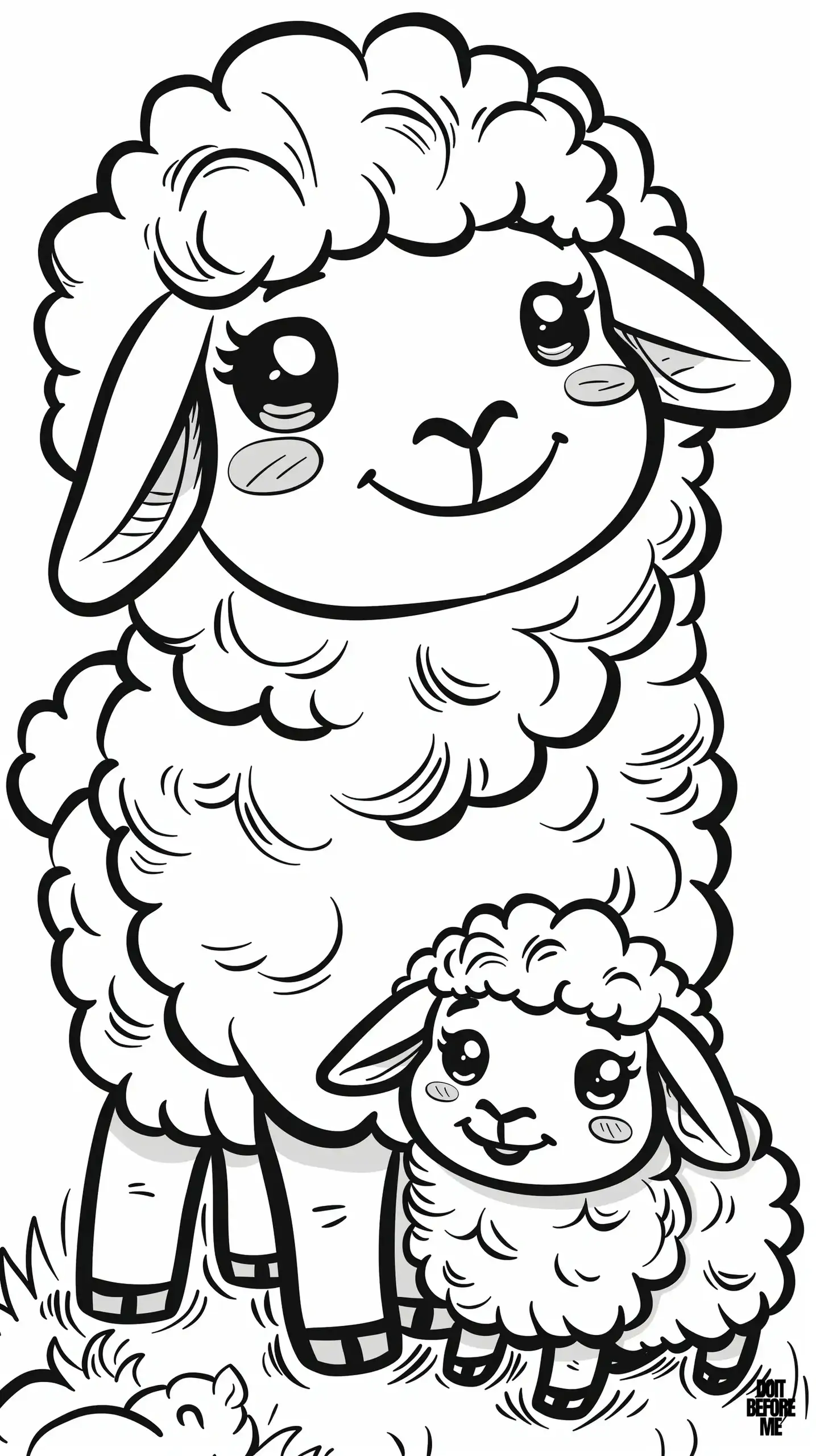
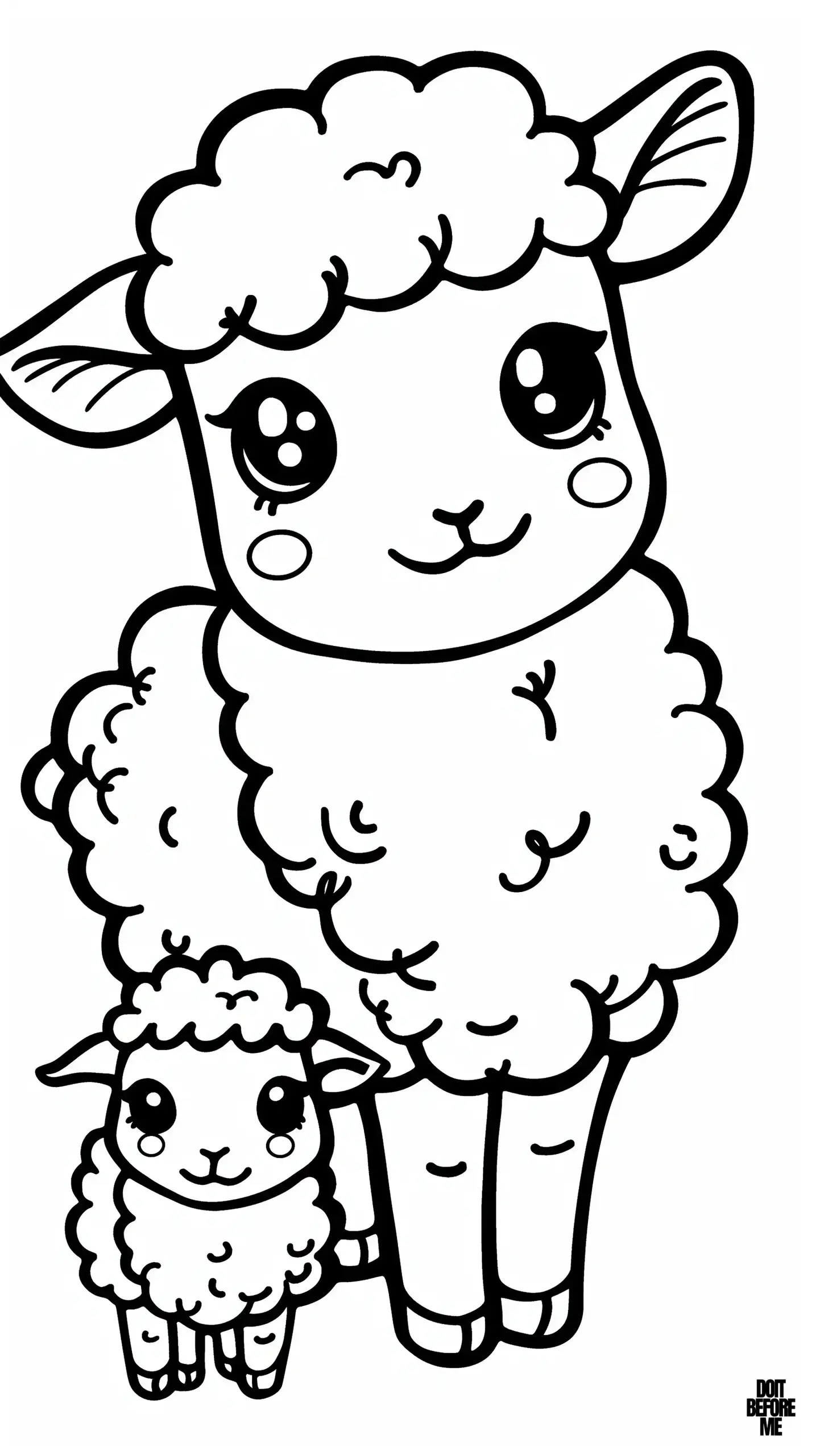
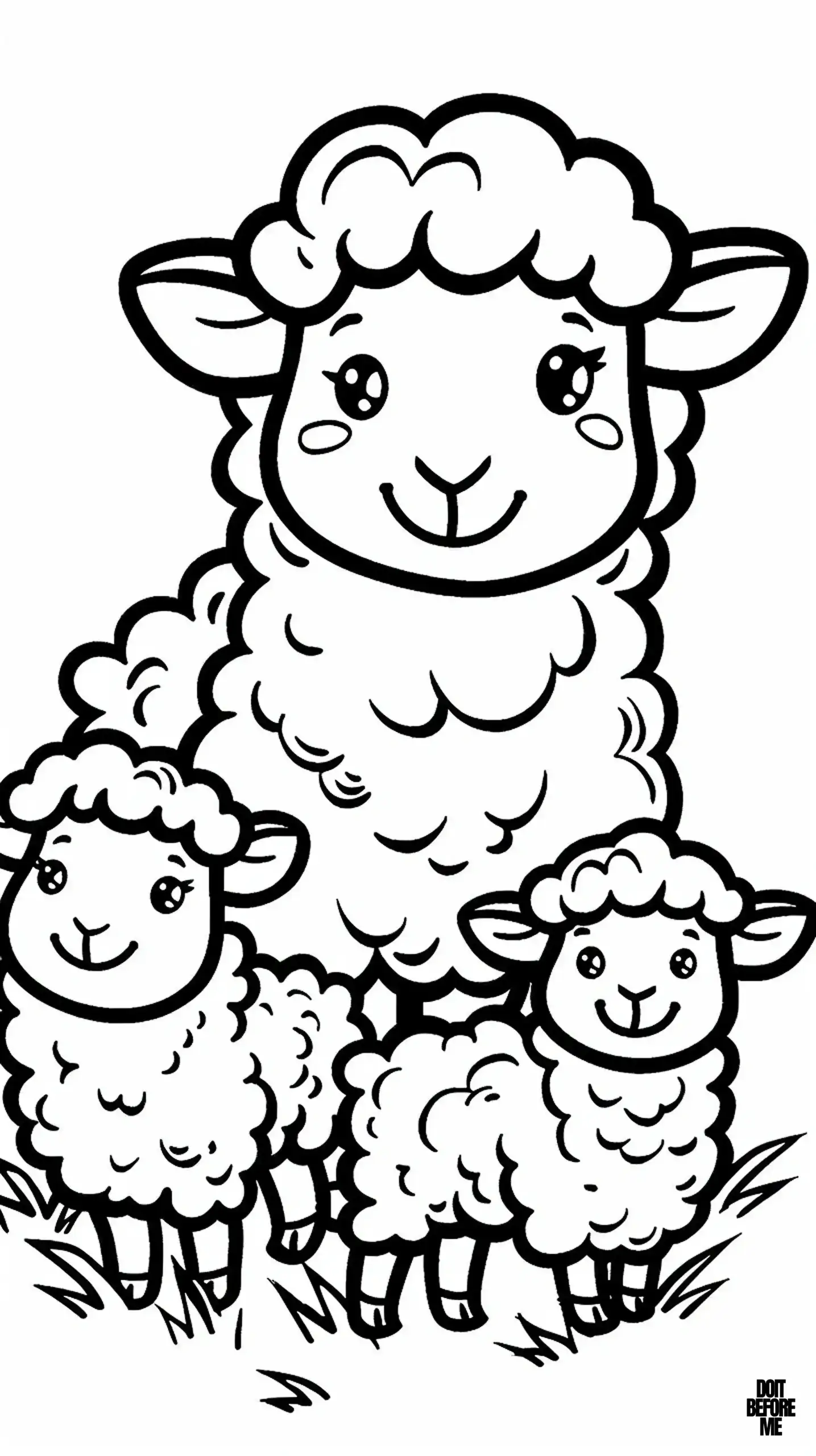
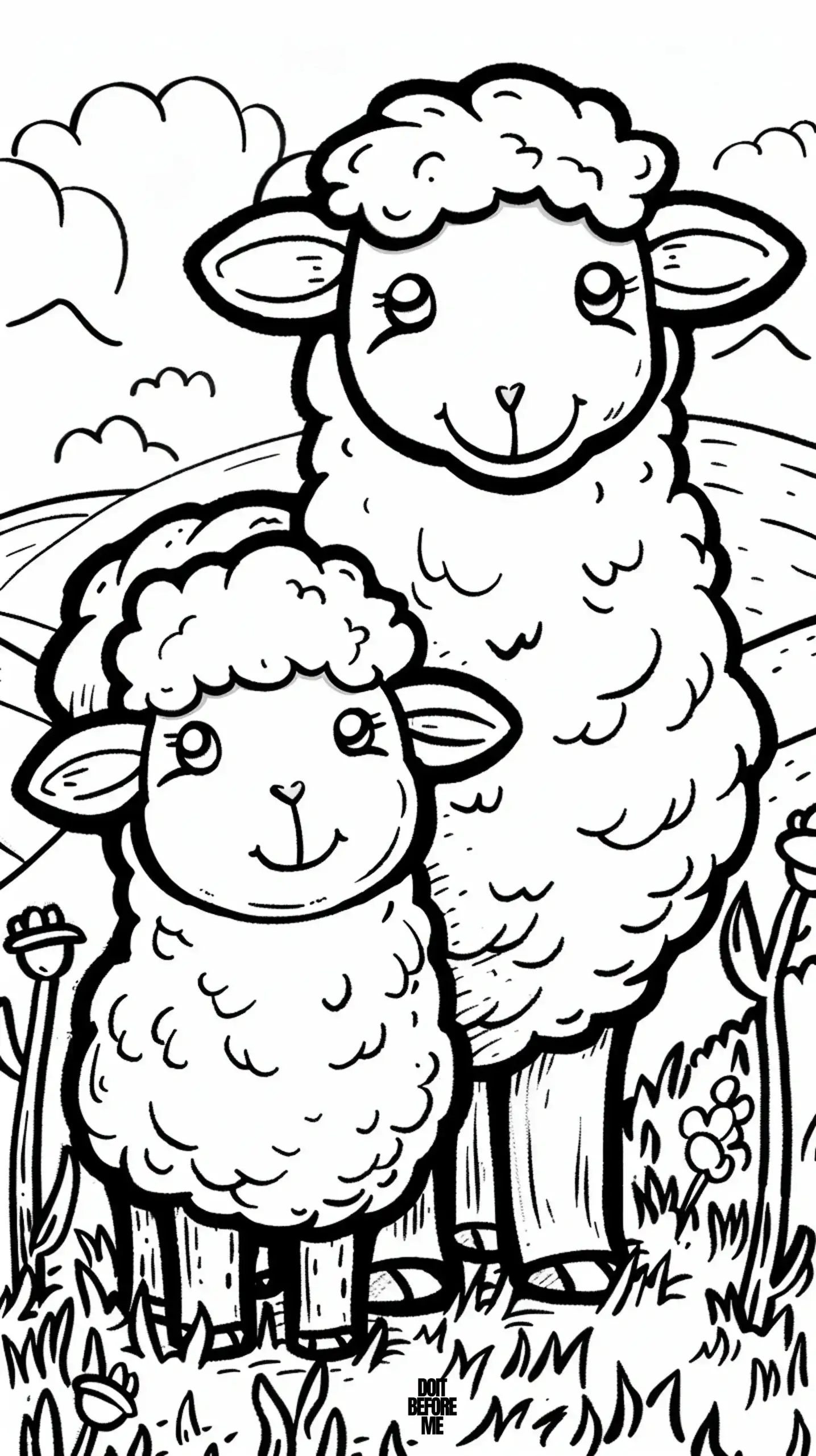
Sheep / Lamb Babies Peacefully Sleeping Among the Flowers
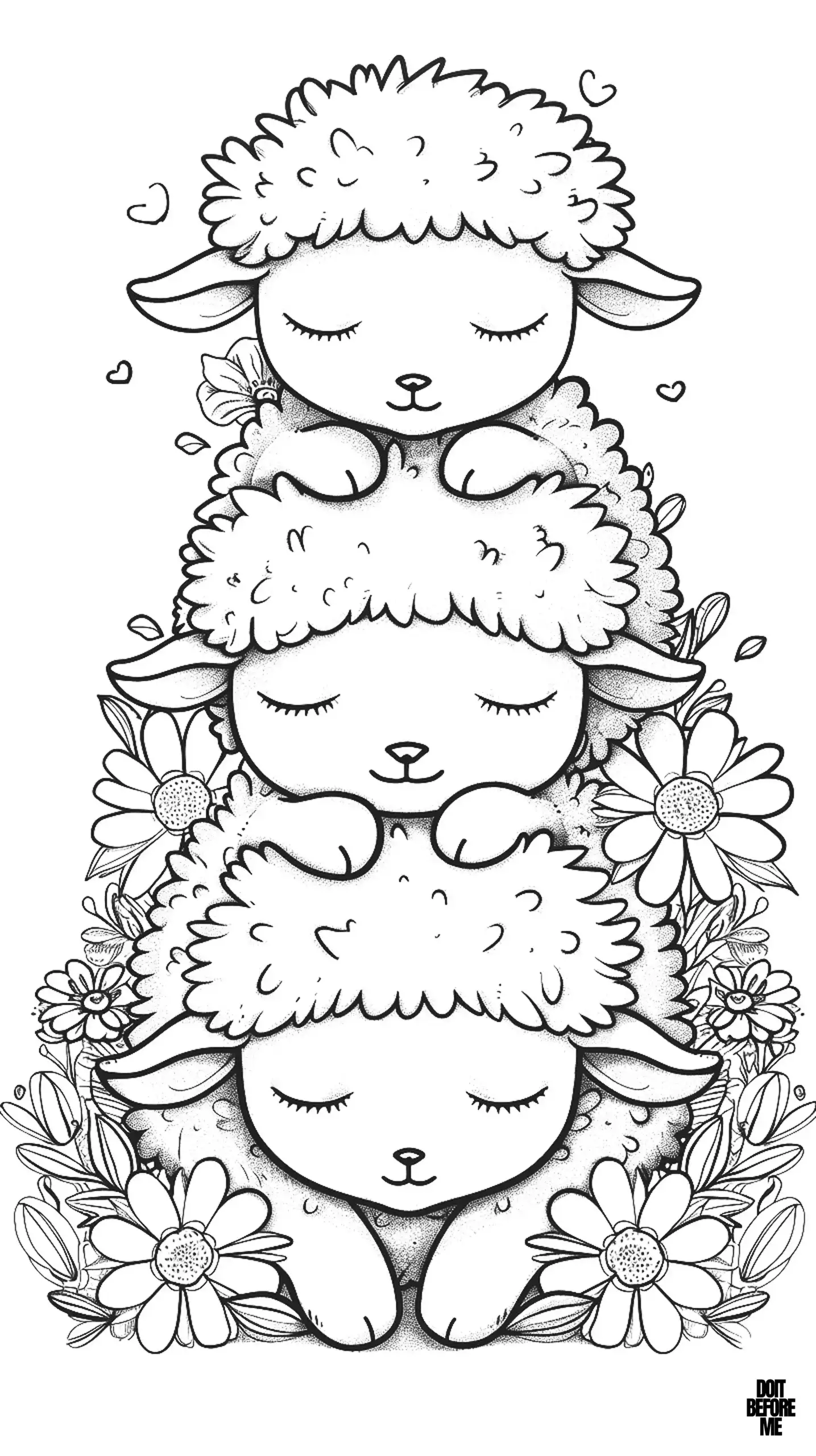
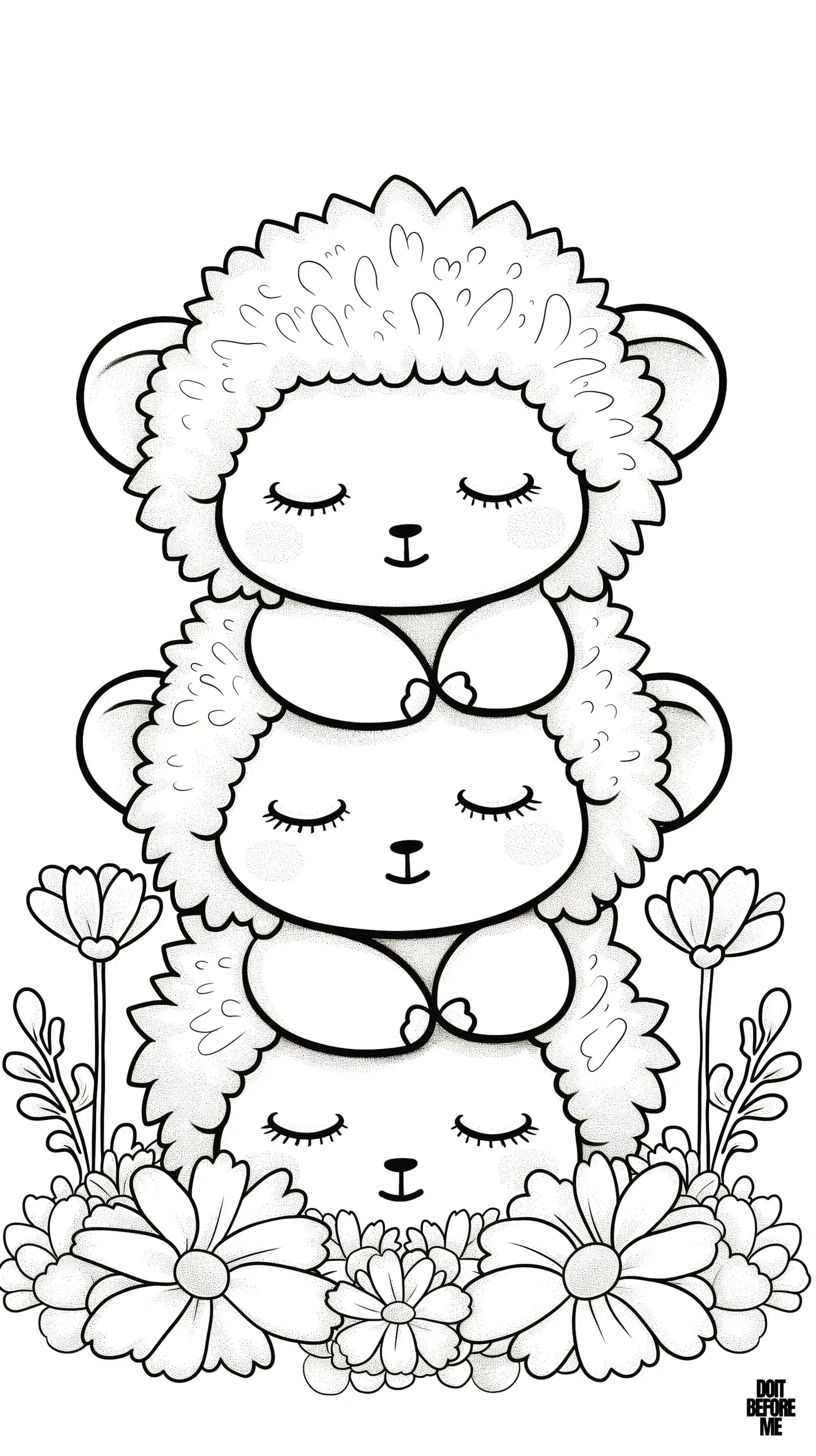
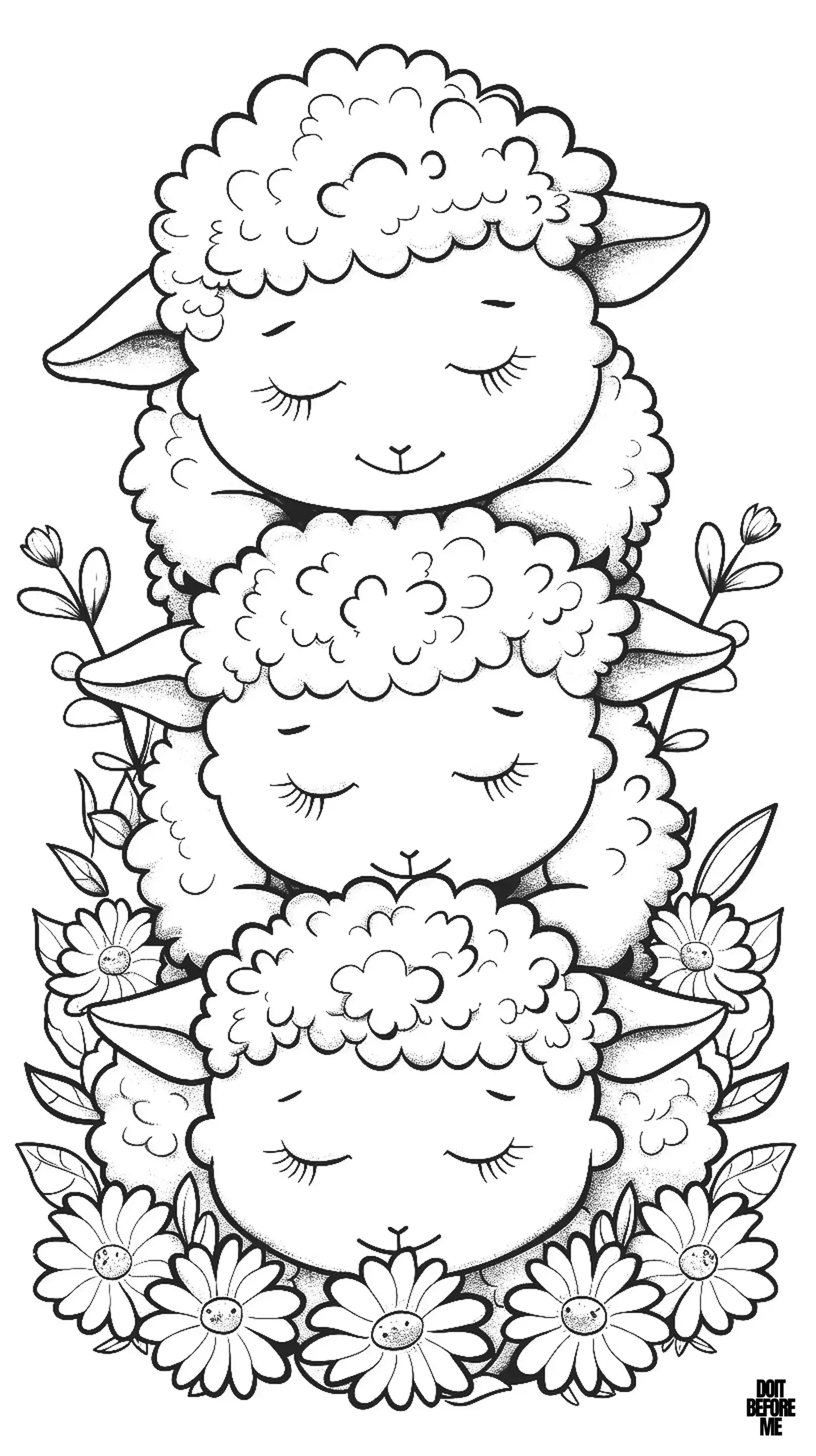
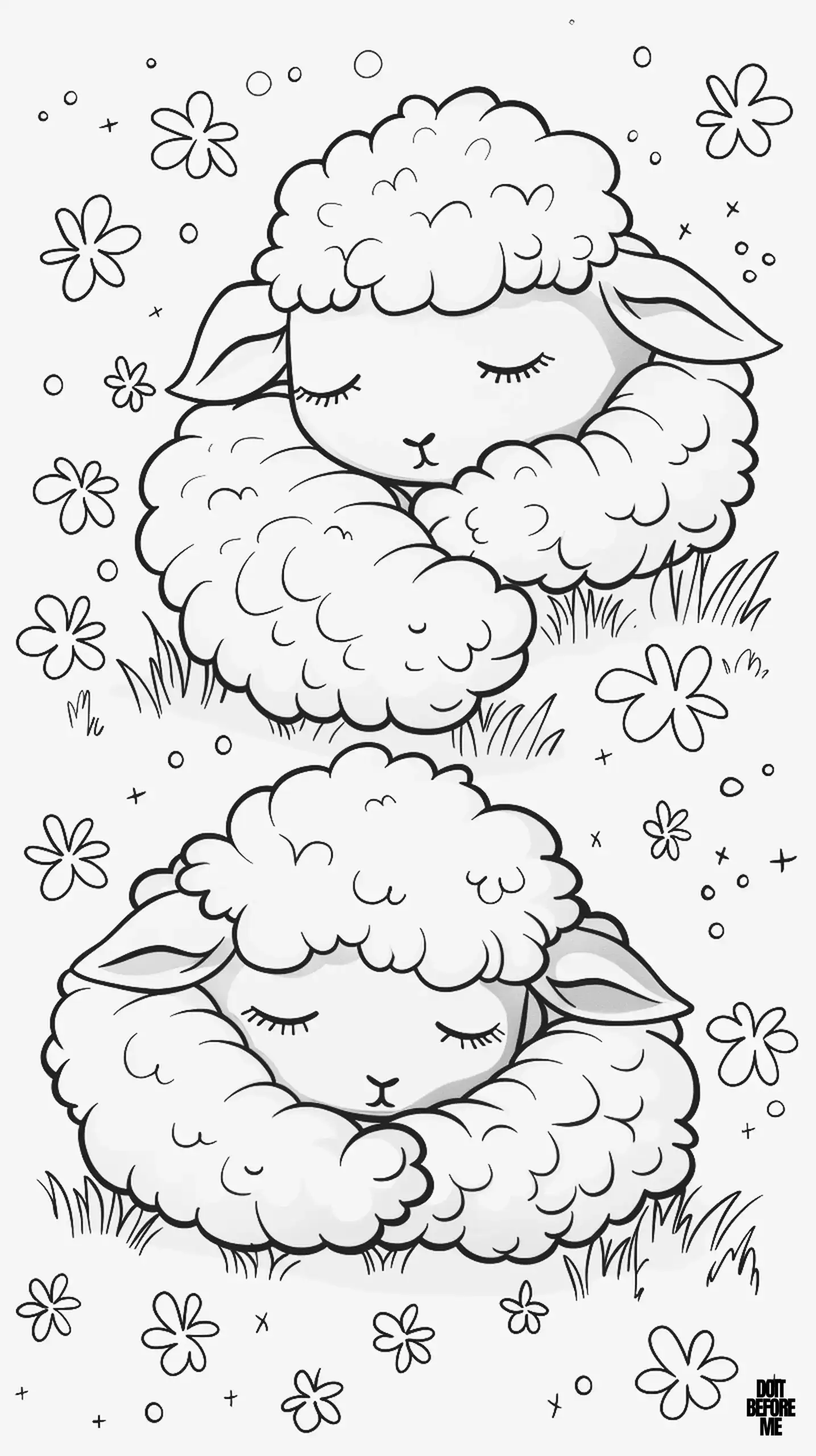
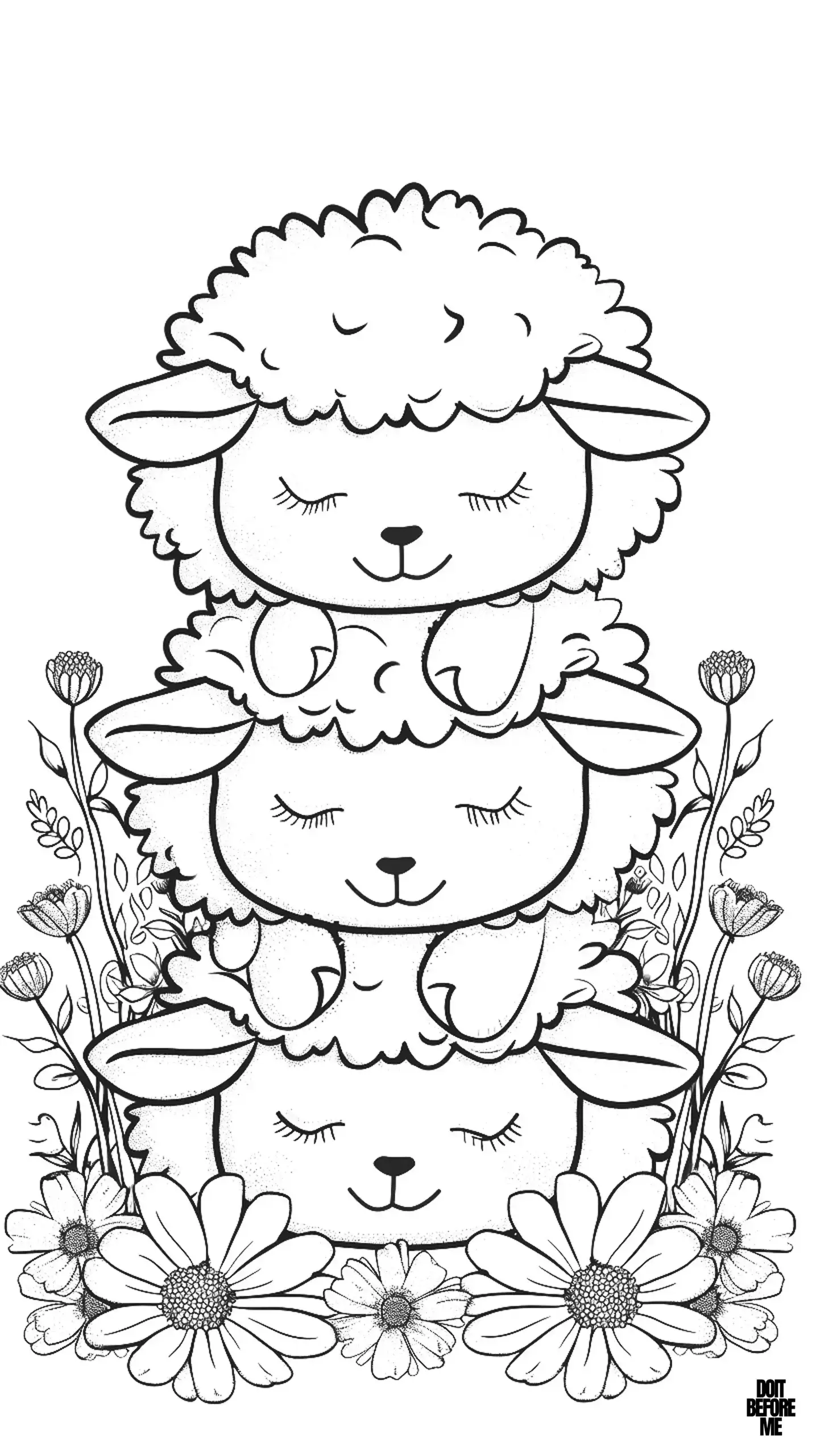
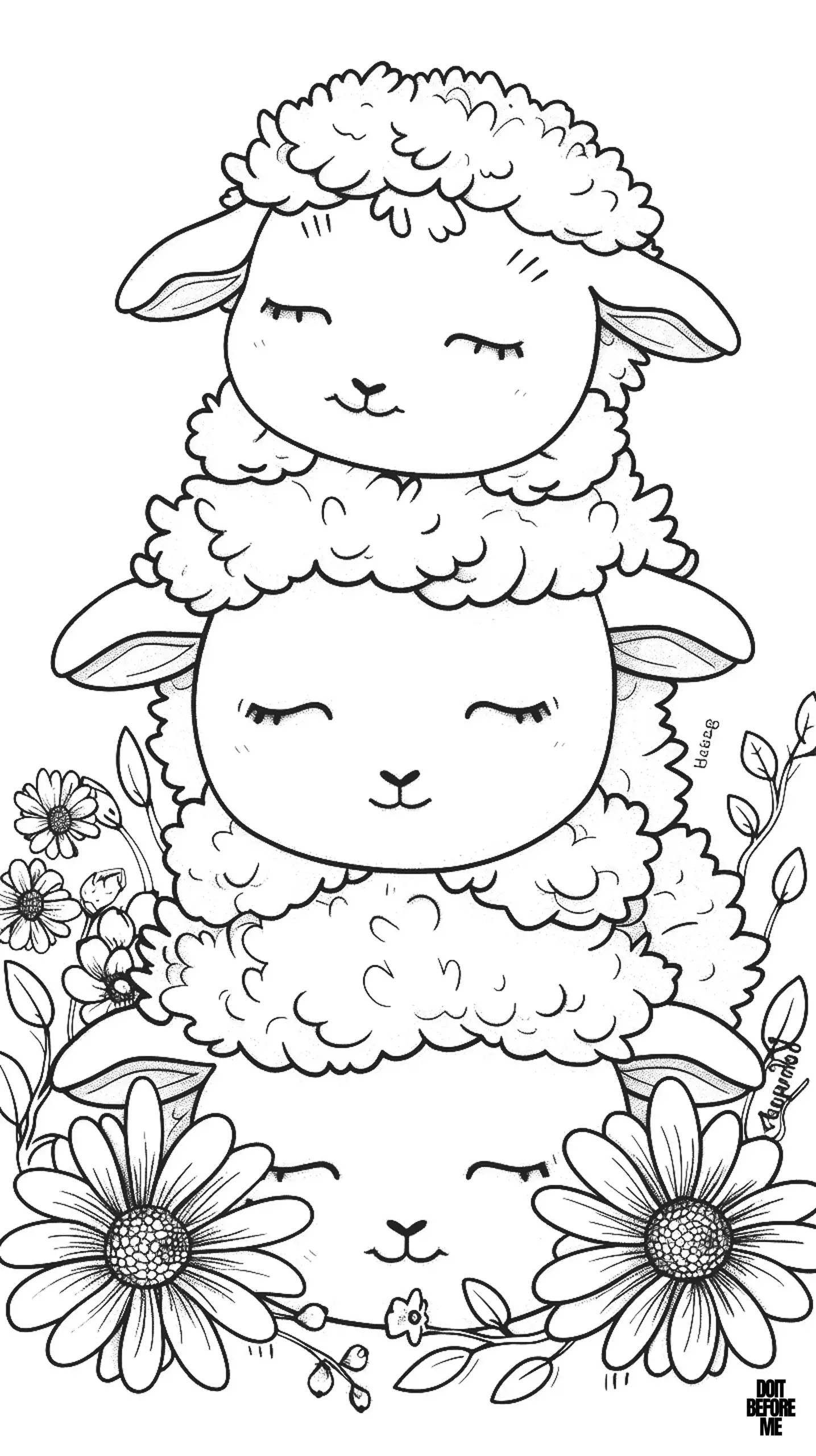

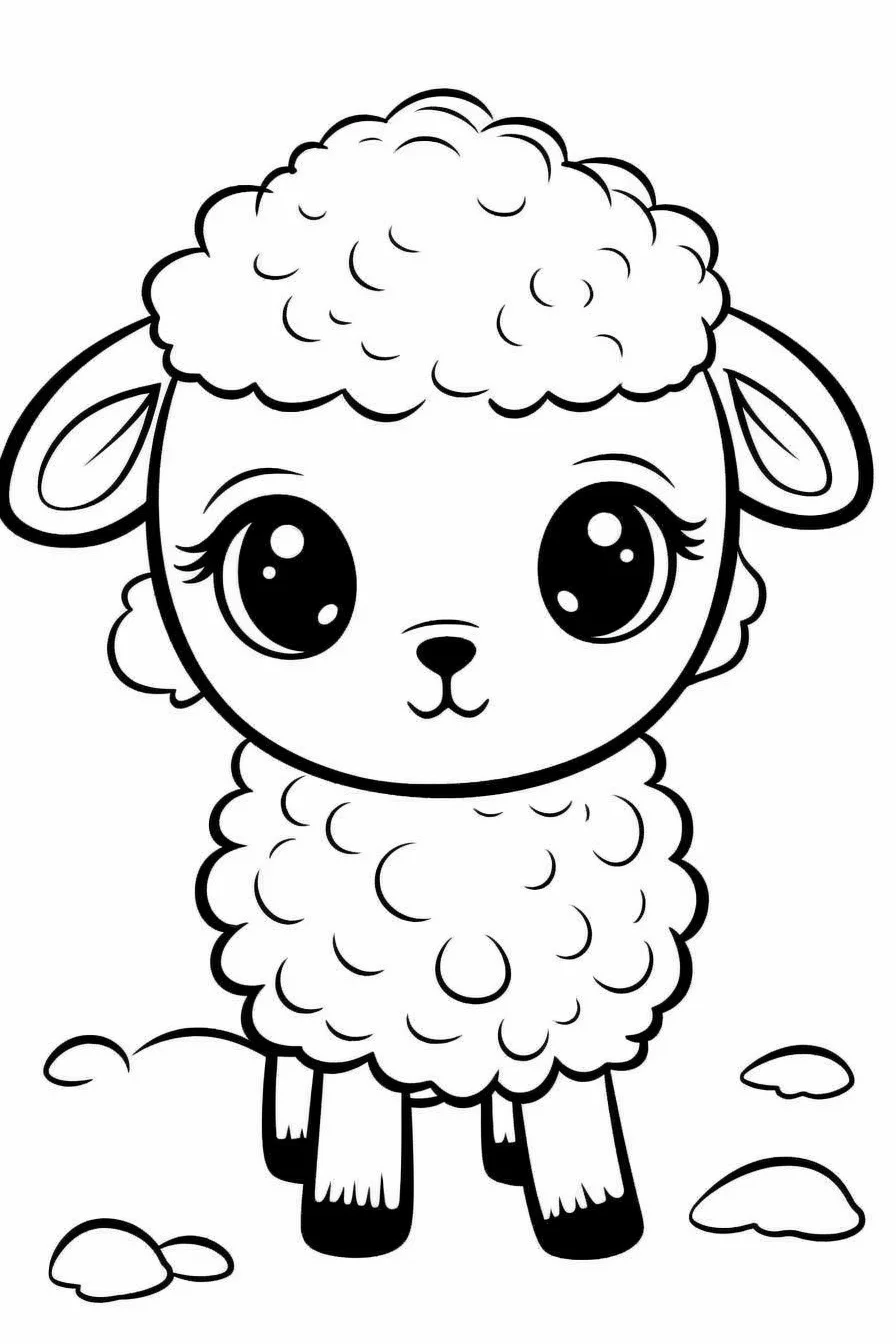

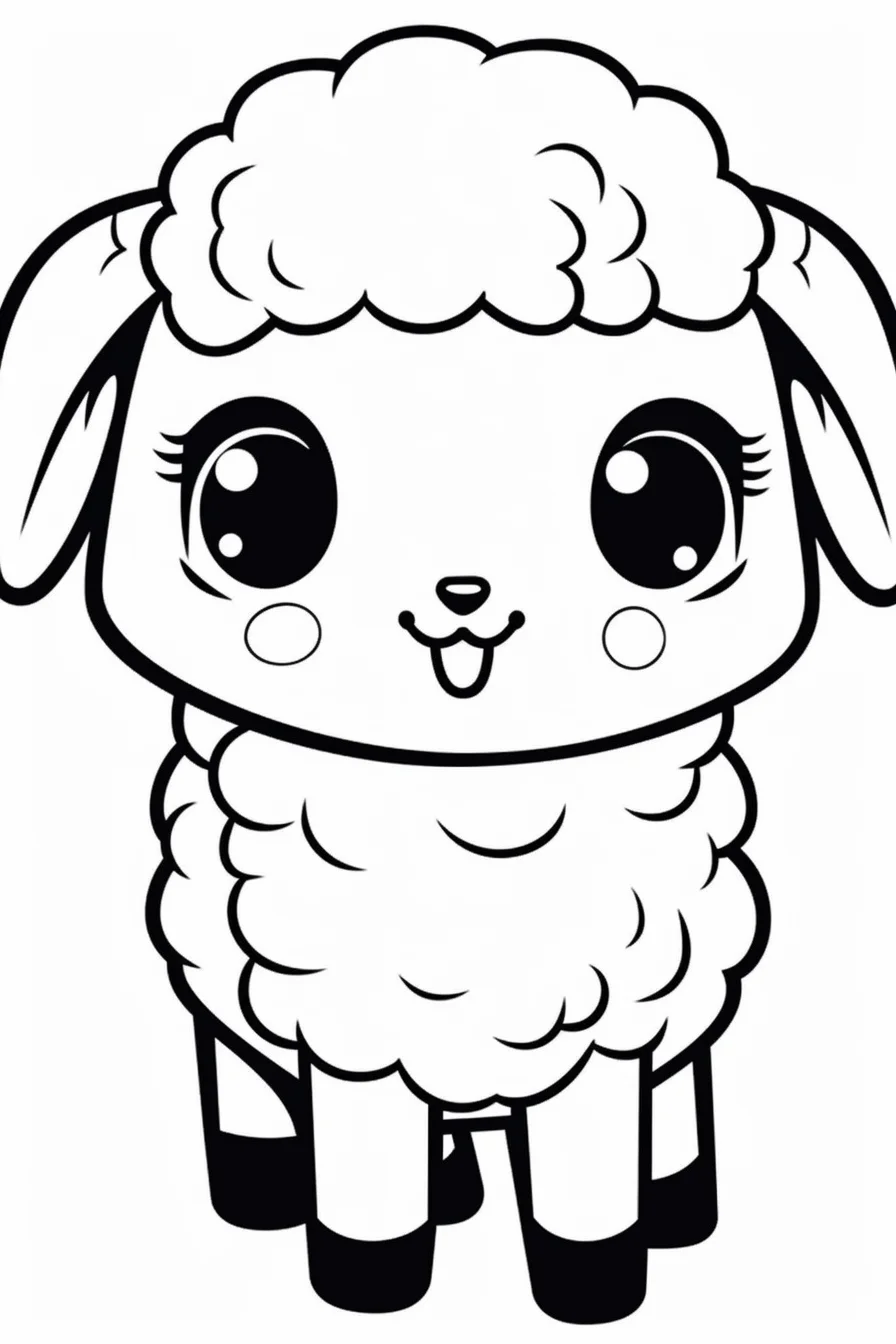
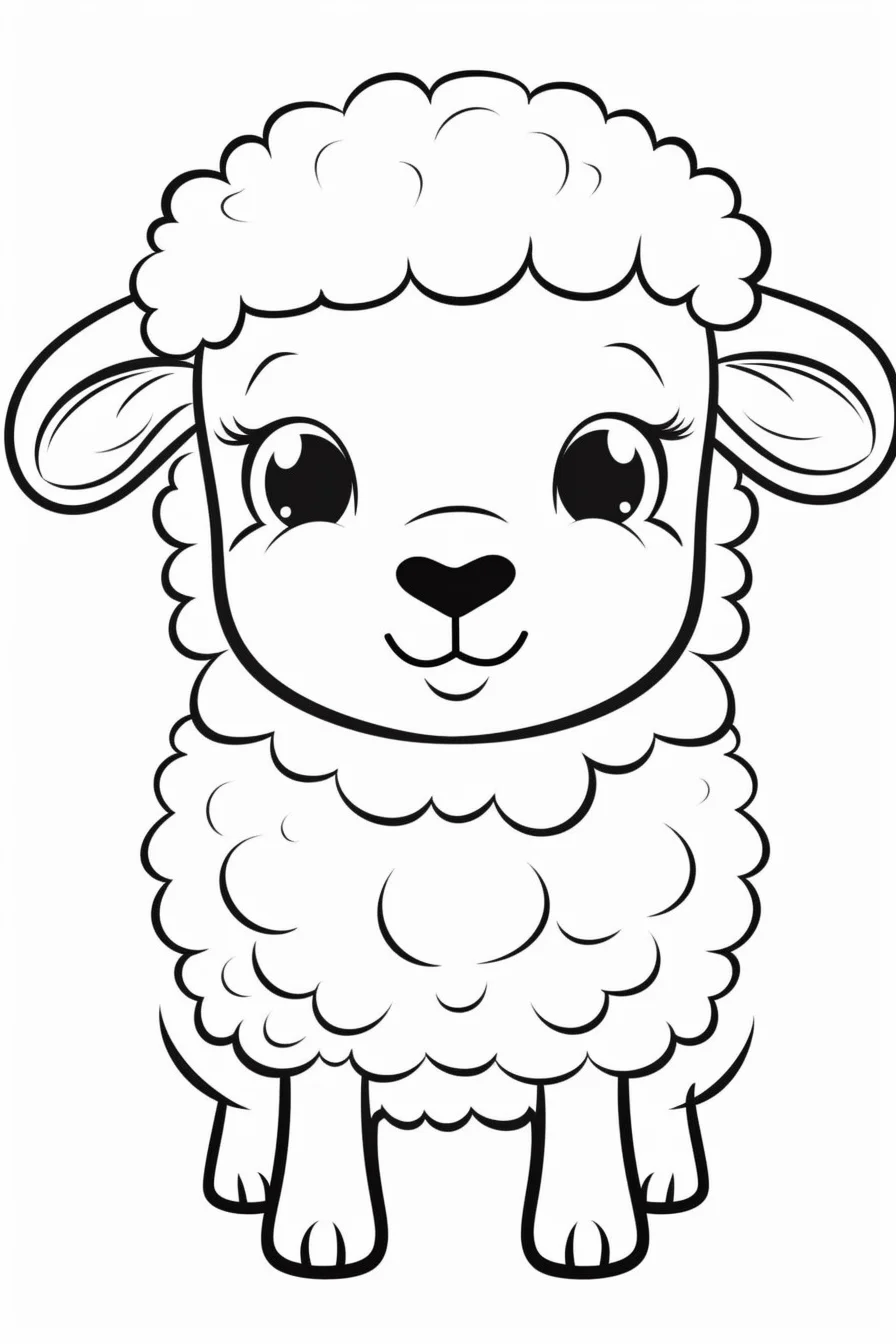
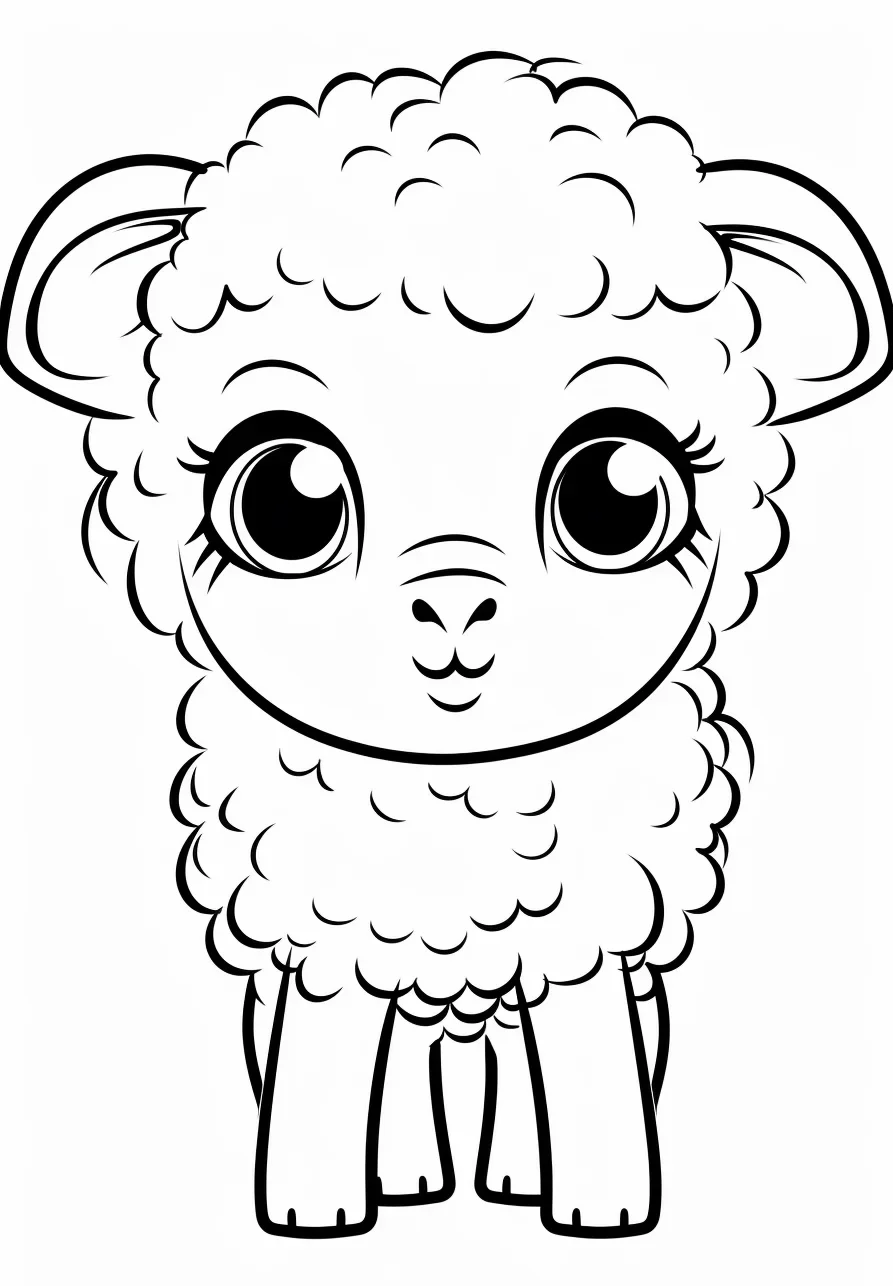
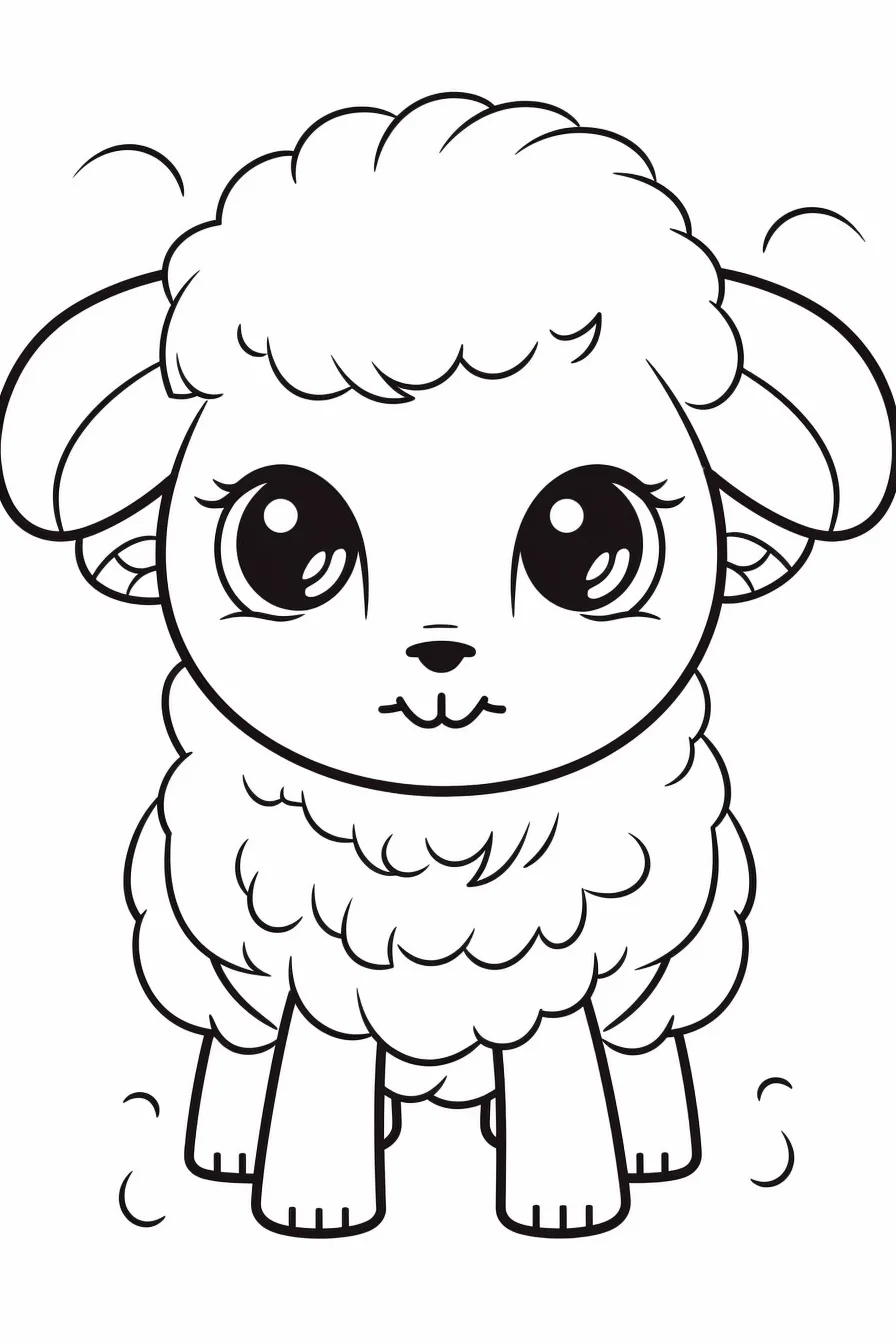
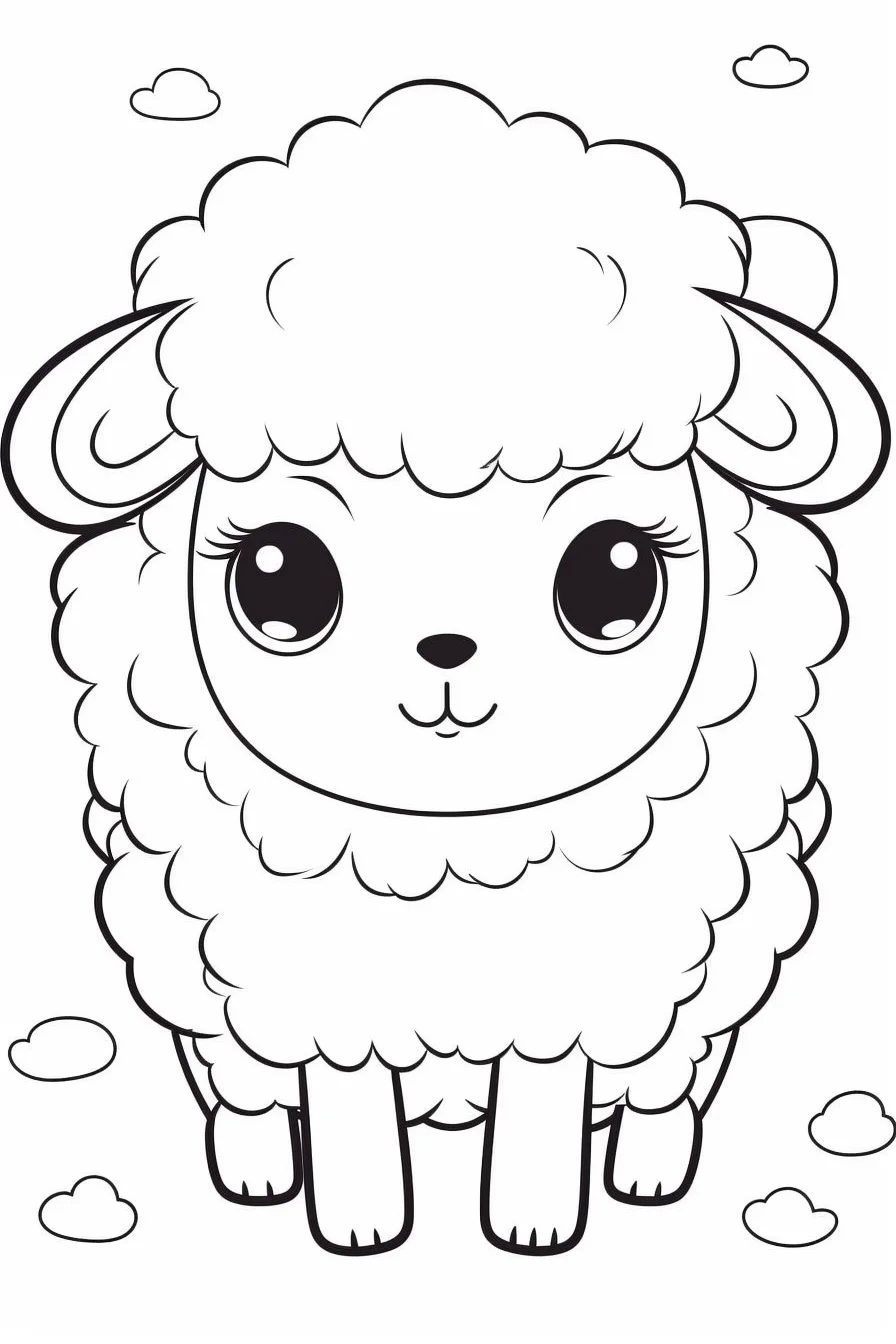
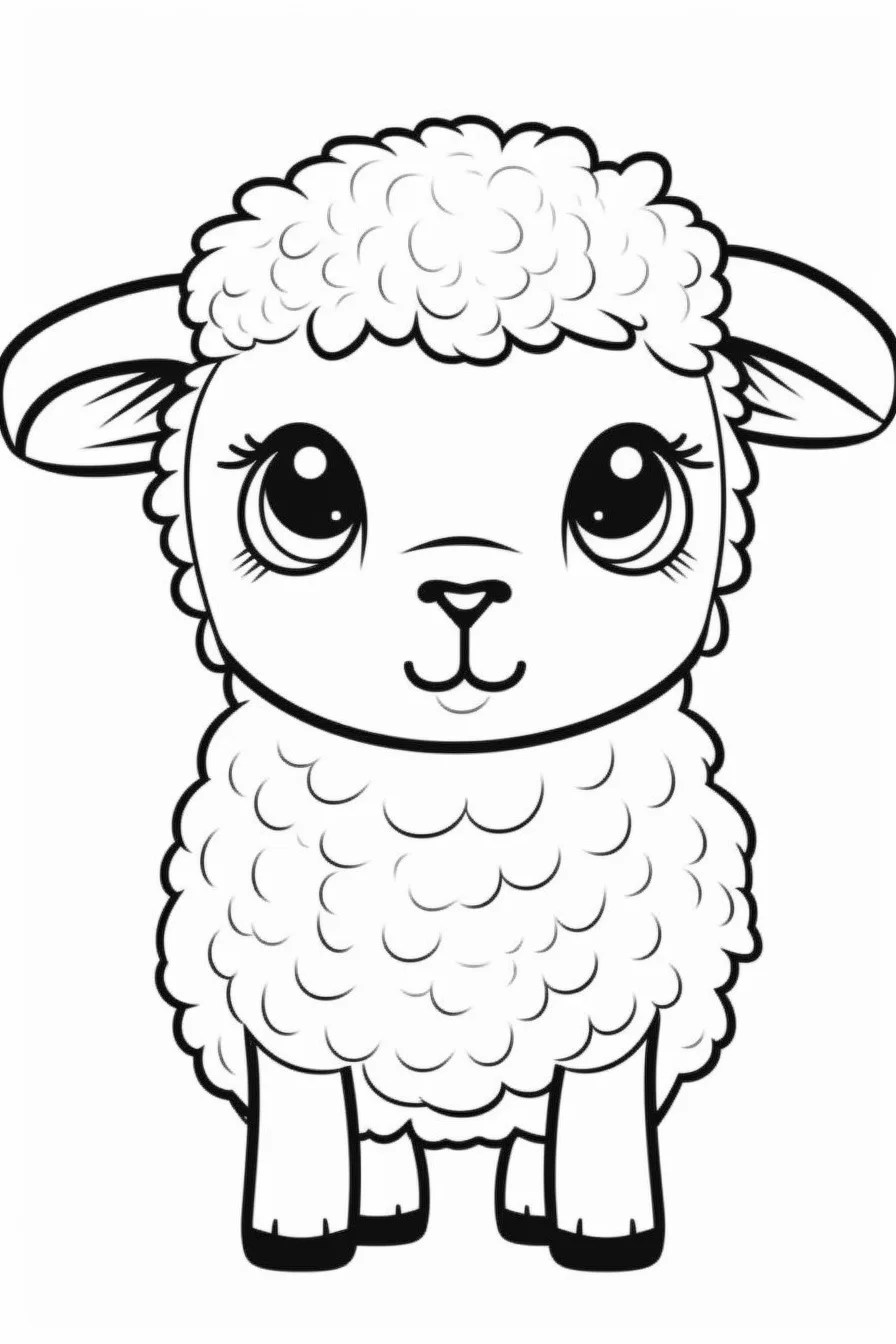
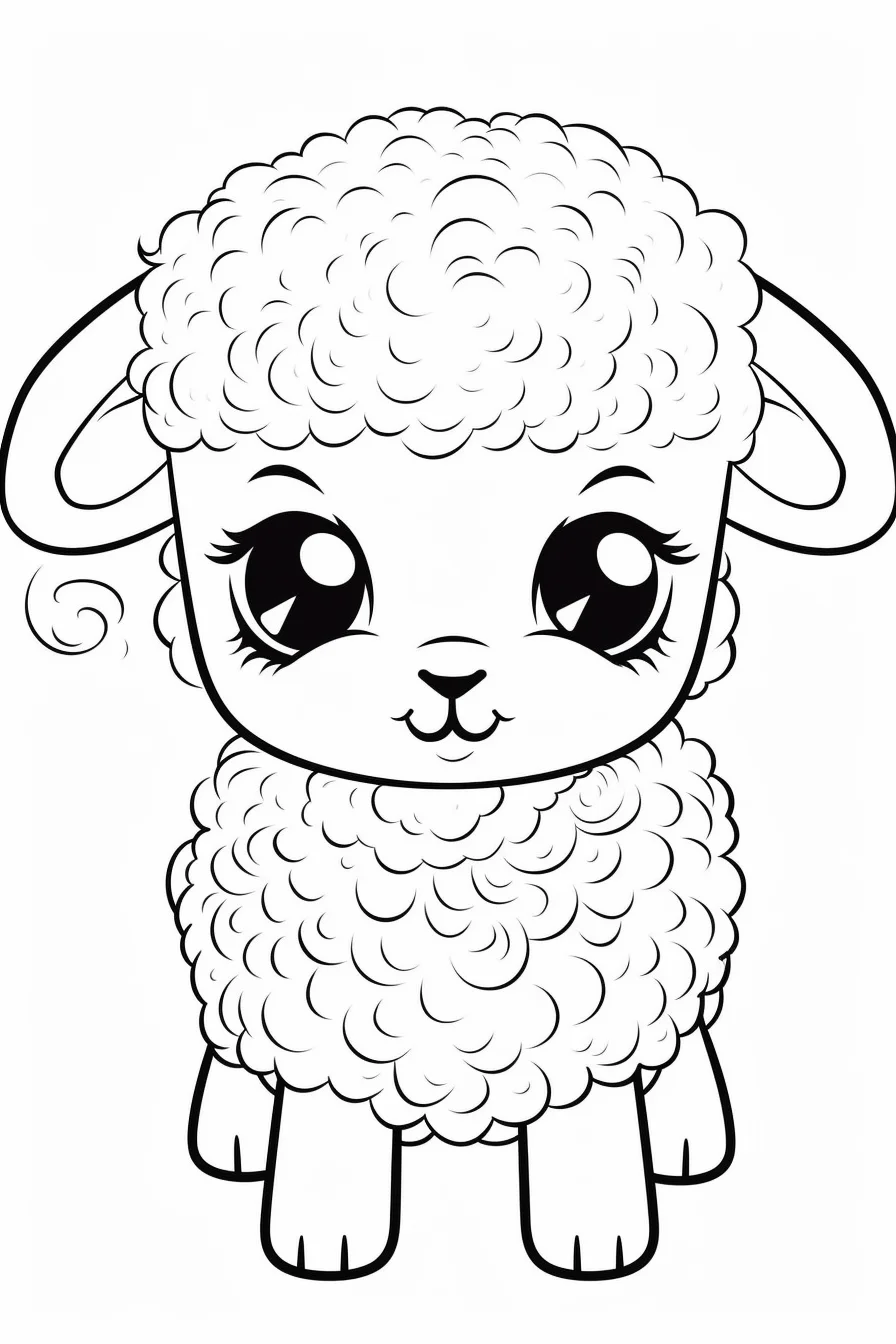
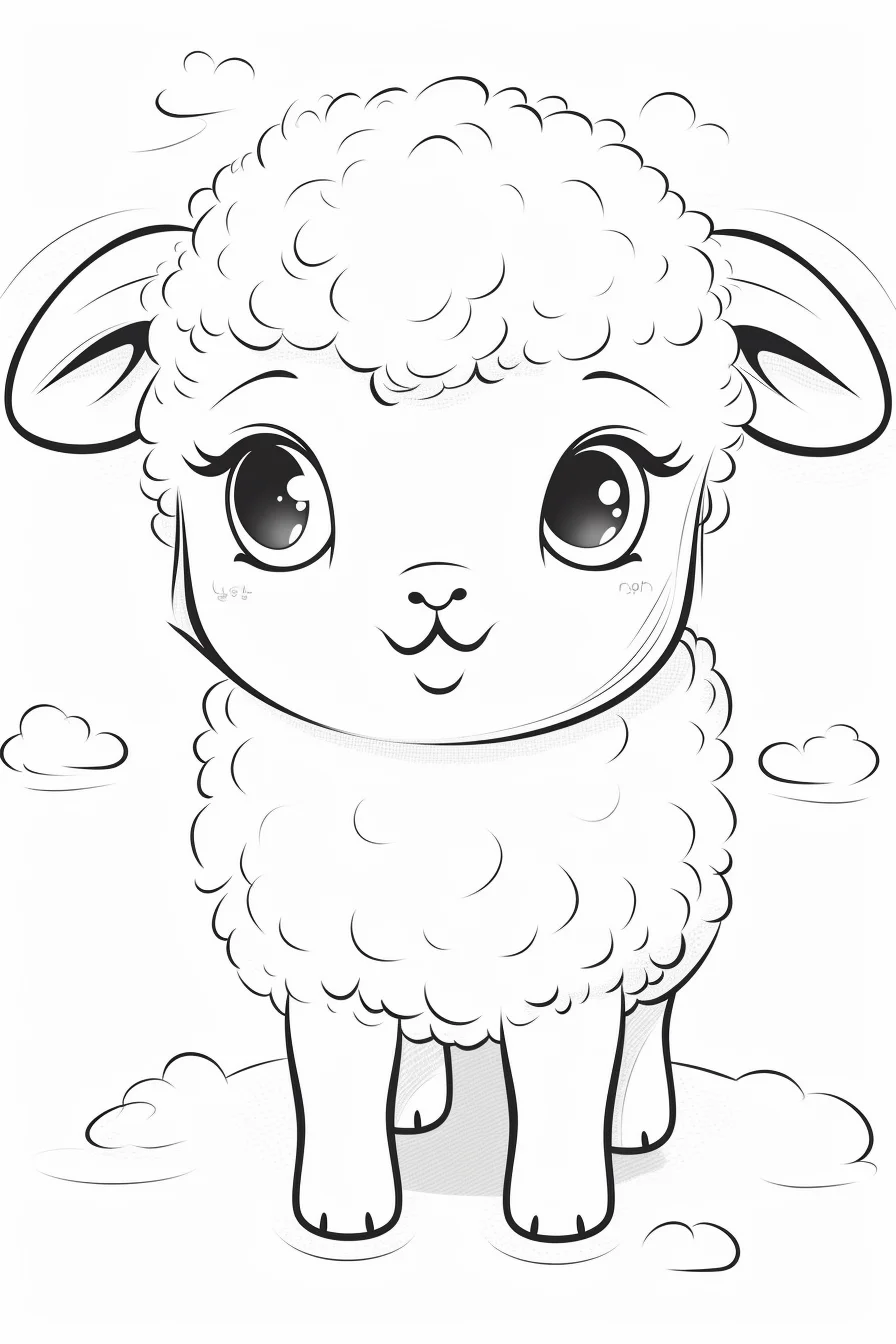
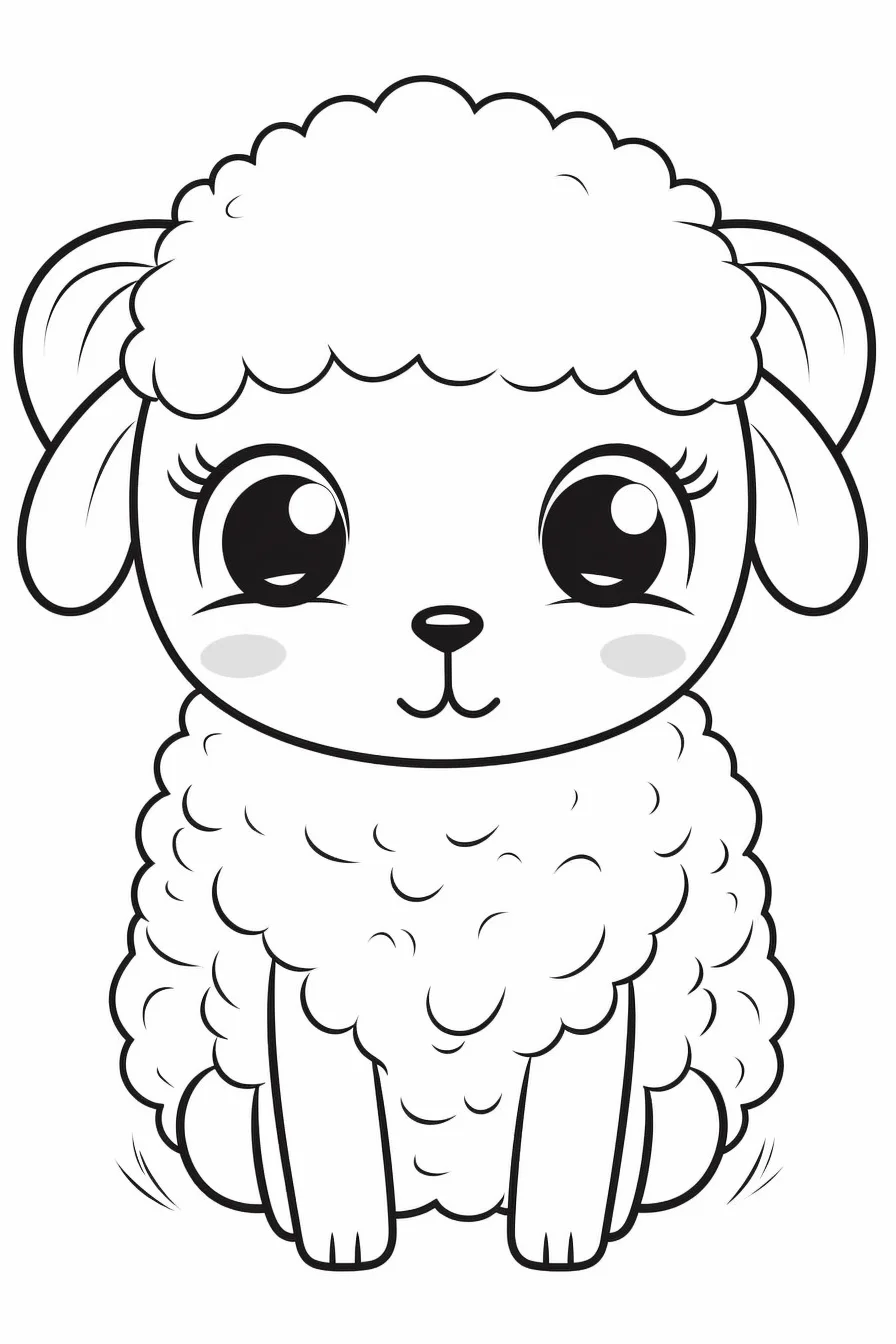
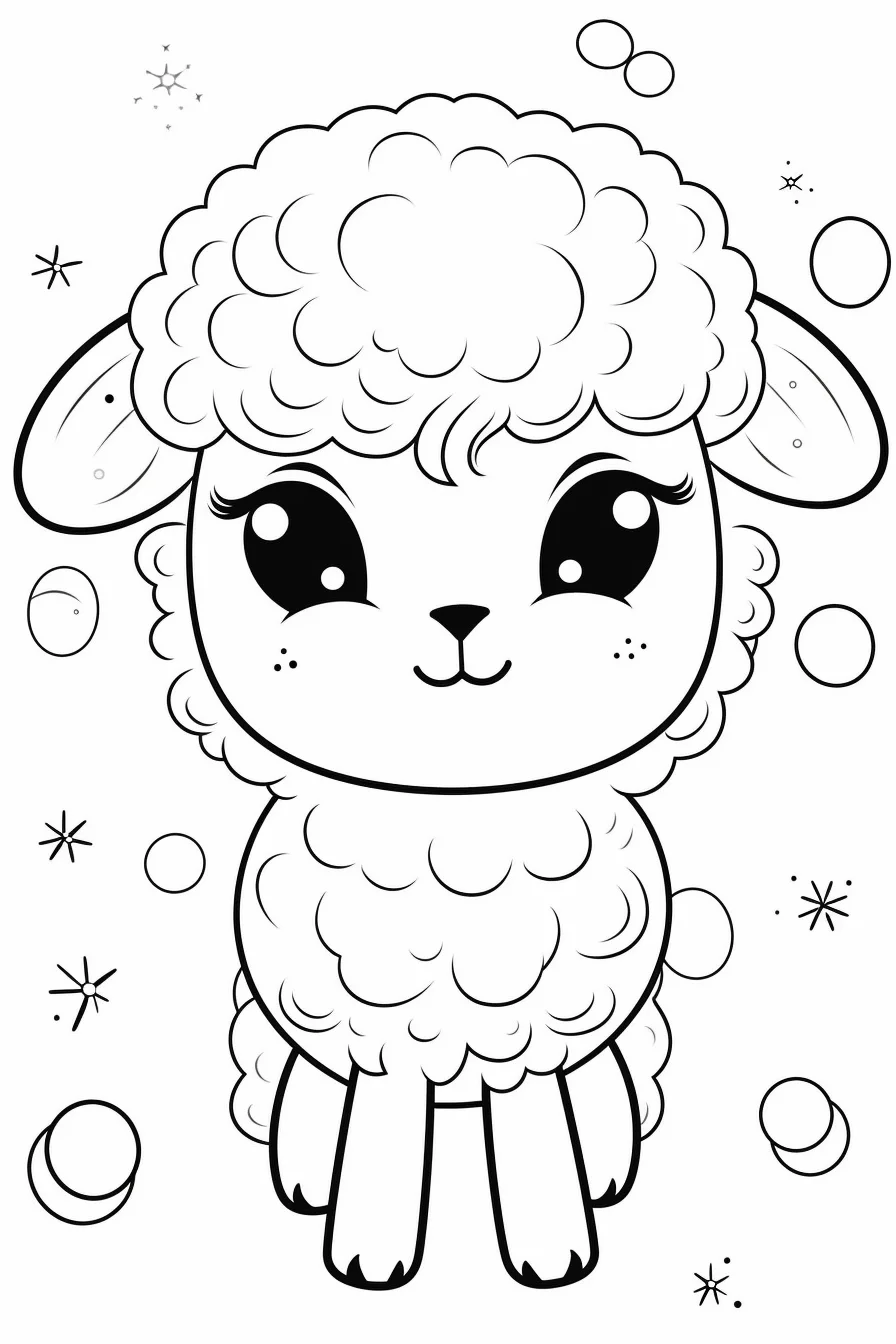
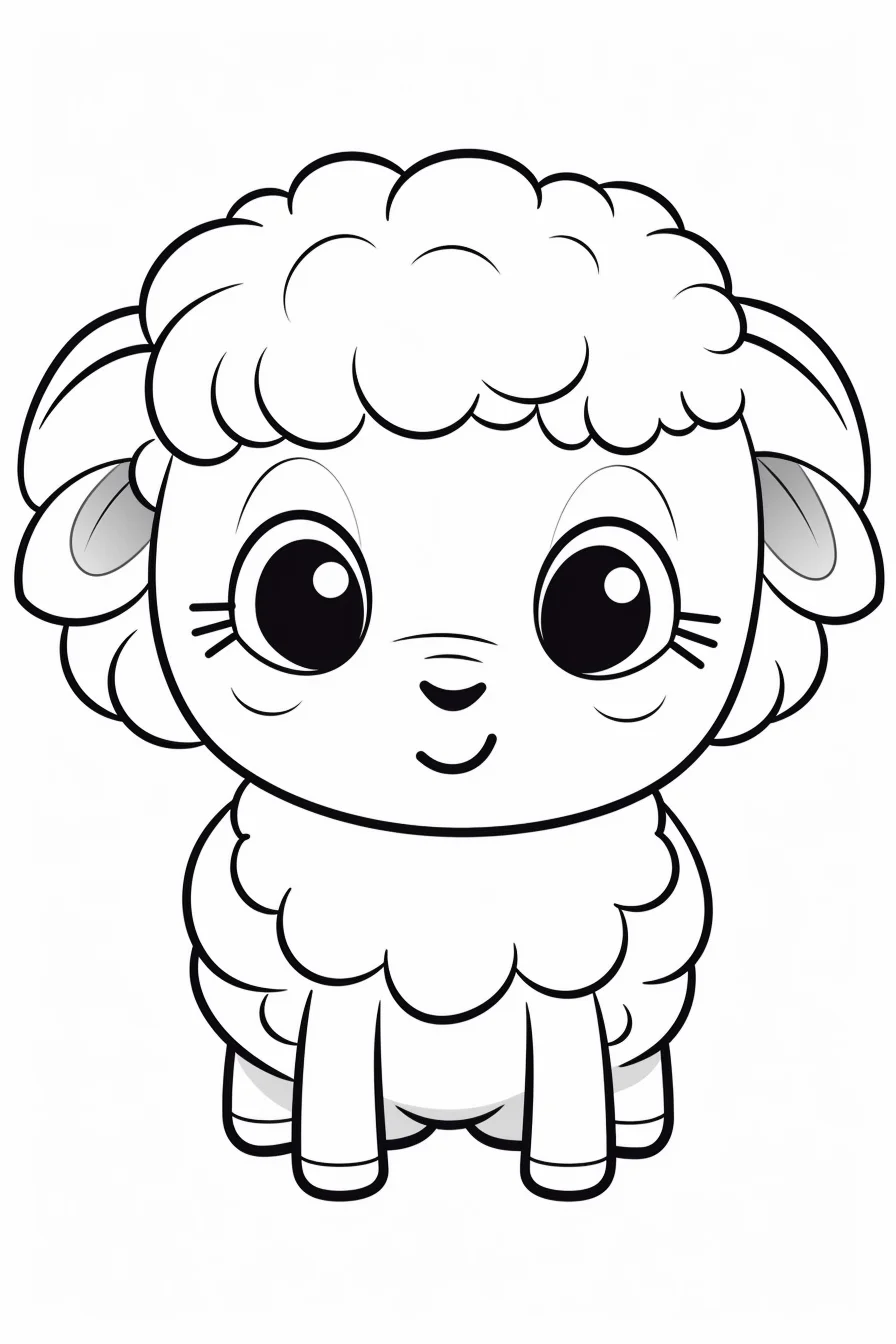
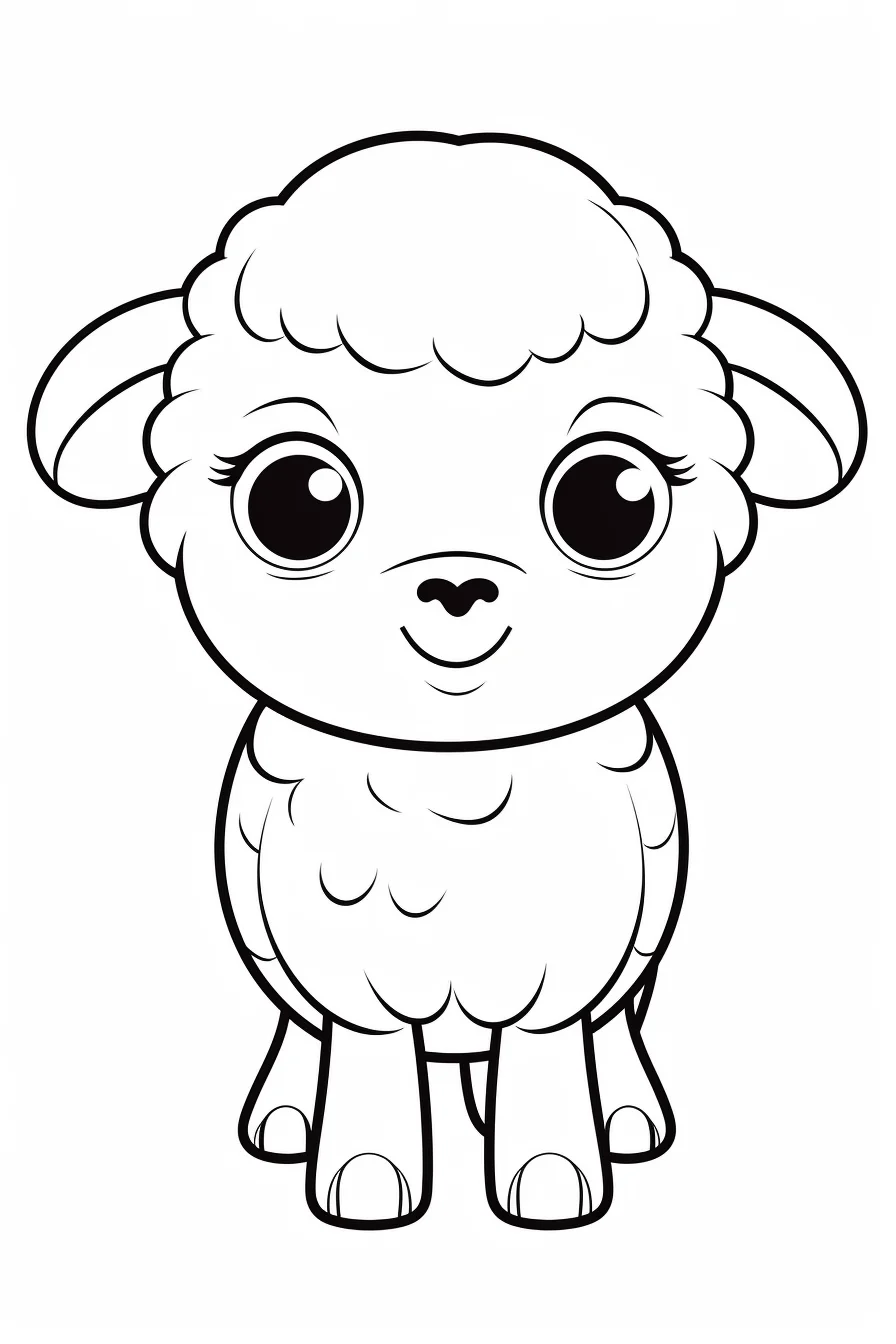
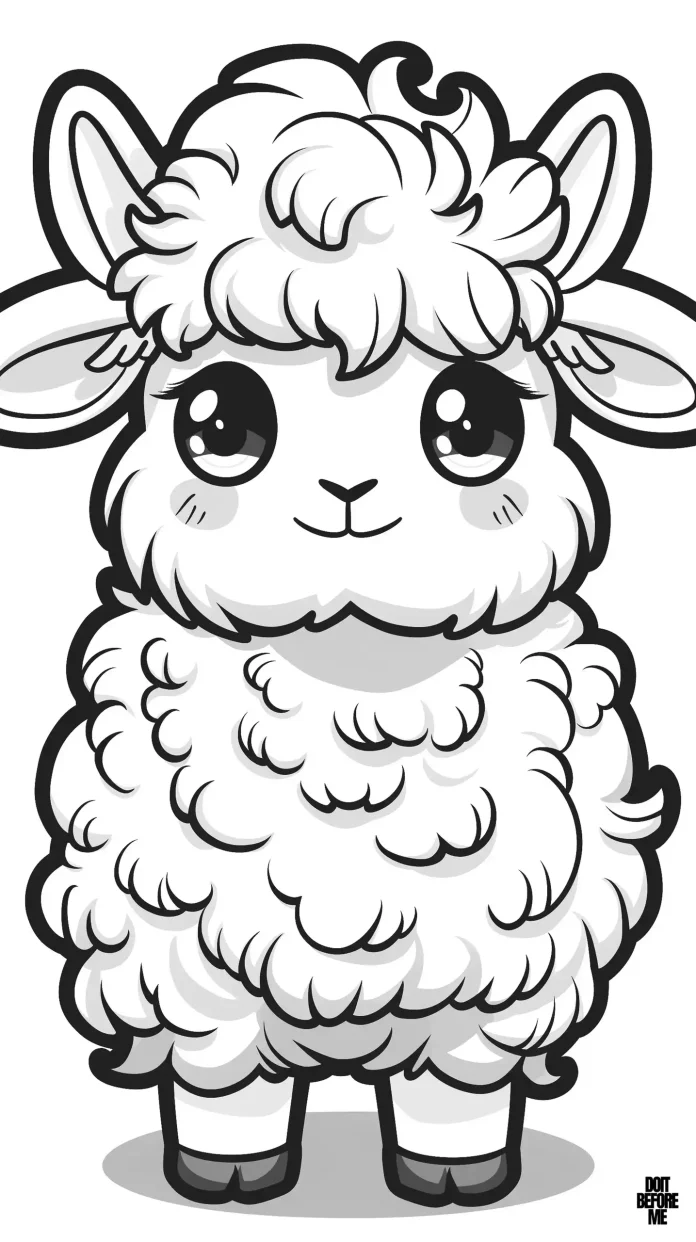
Pretty coloring pages, loved them all!